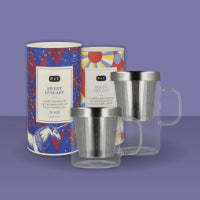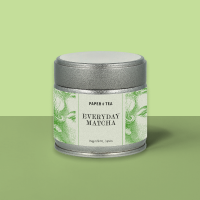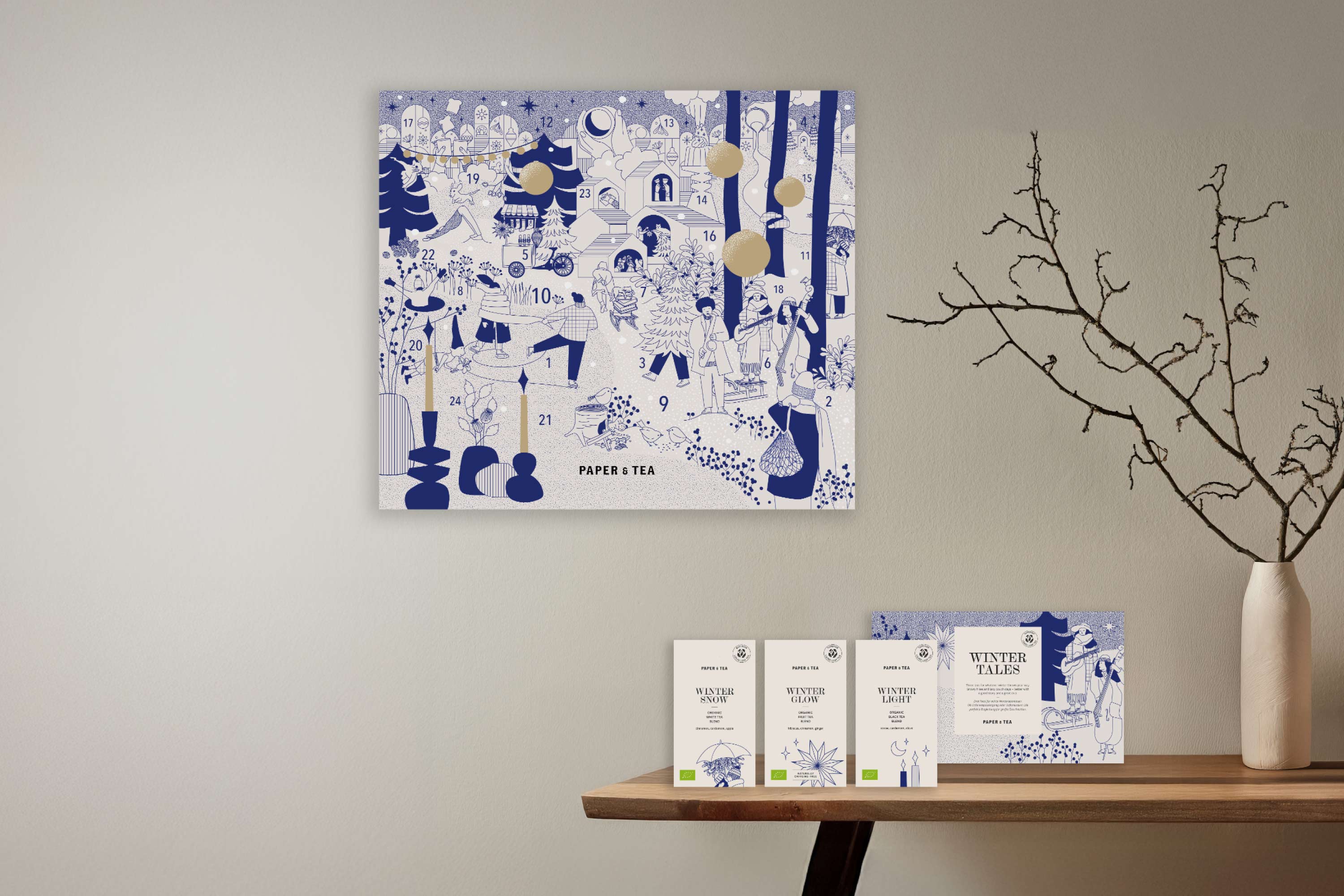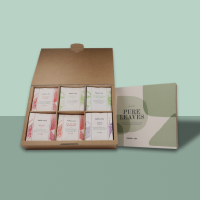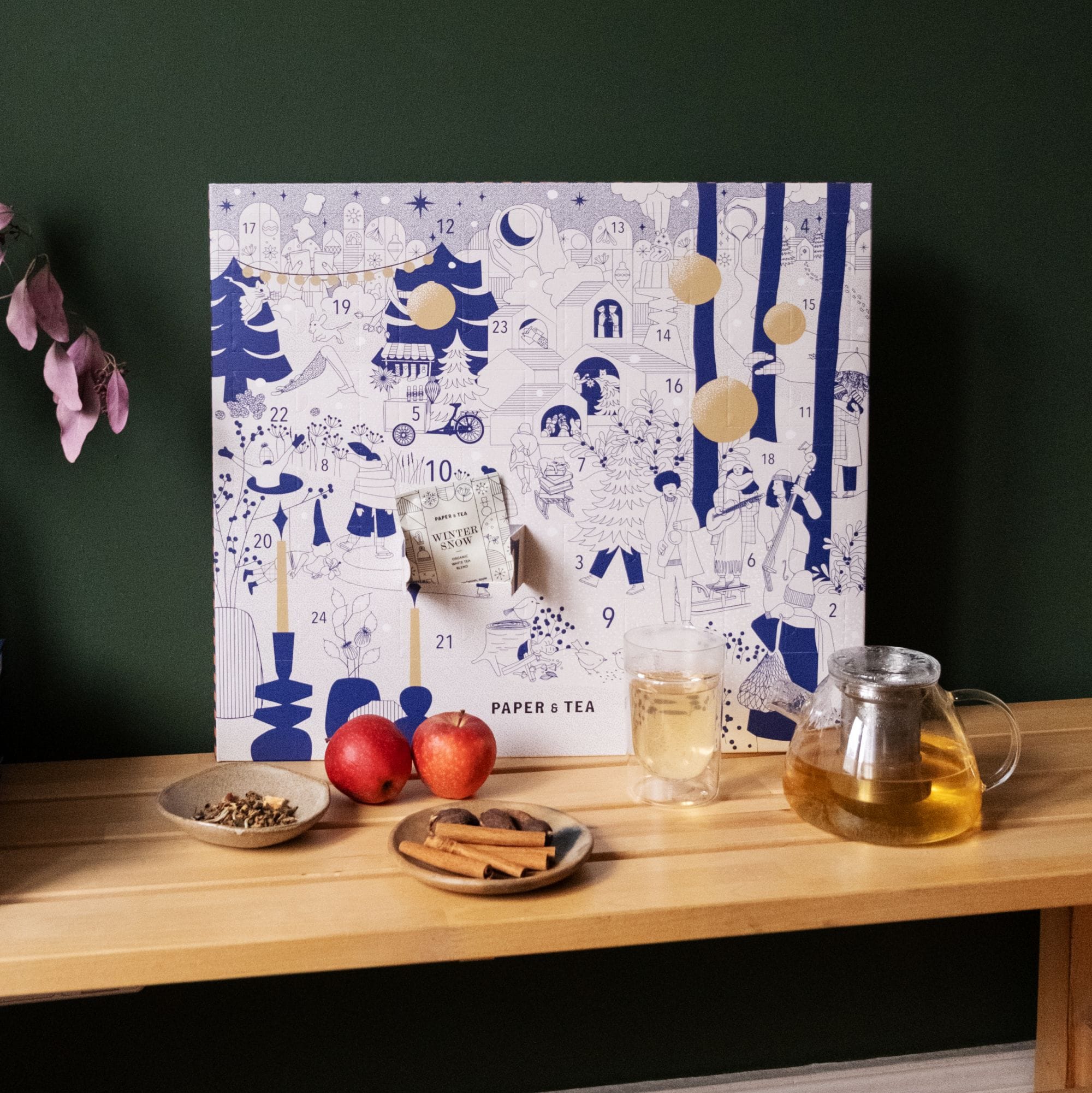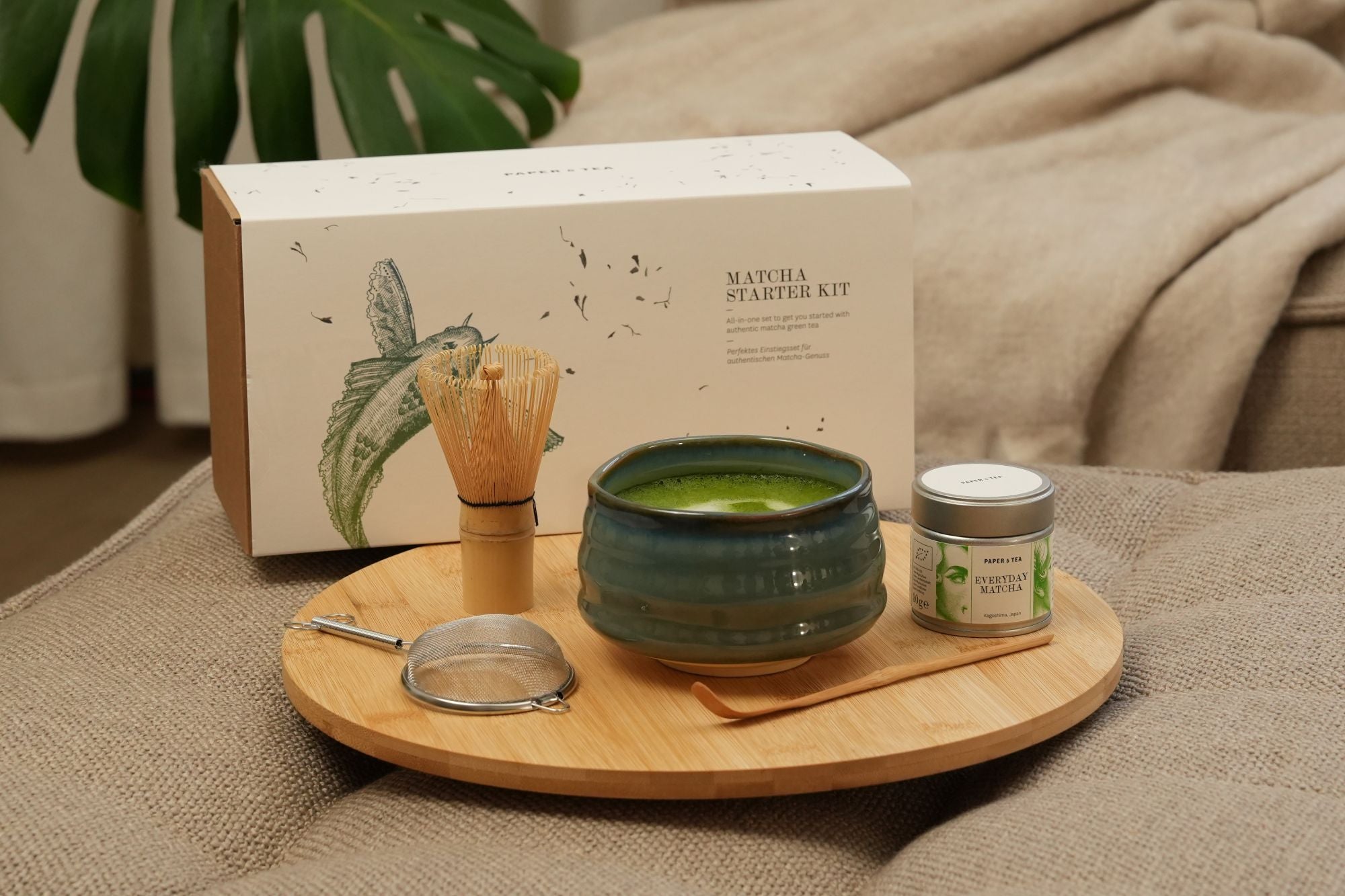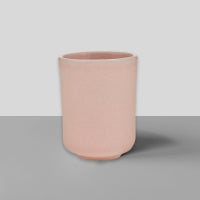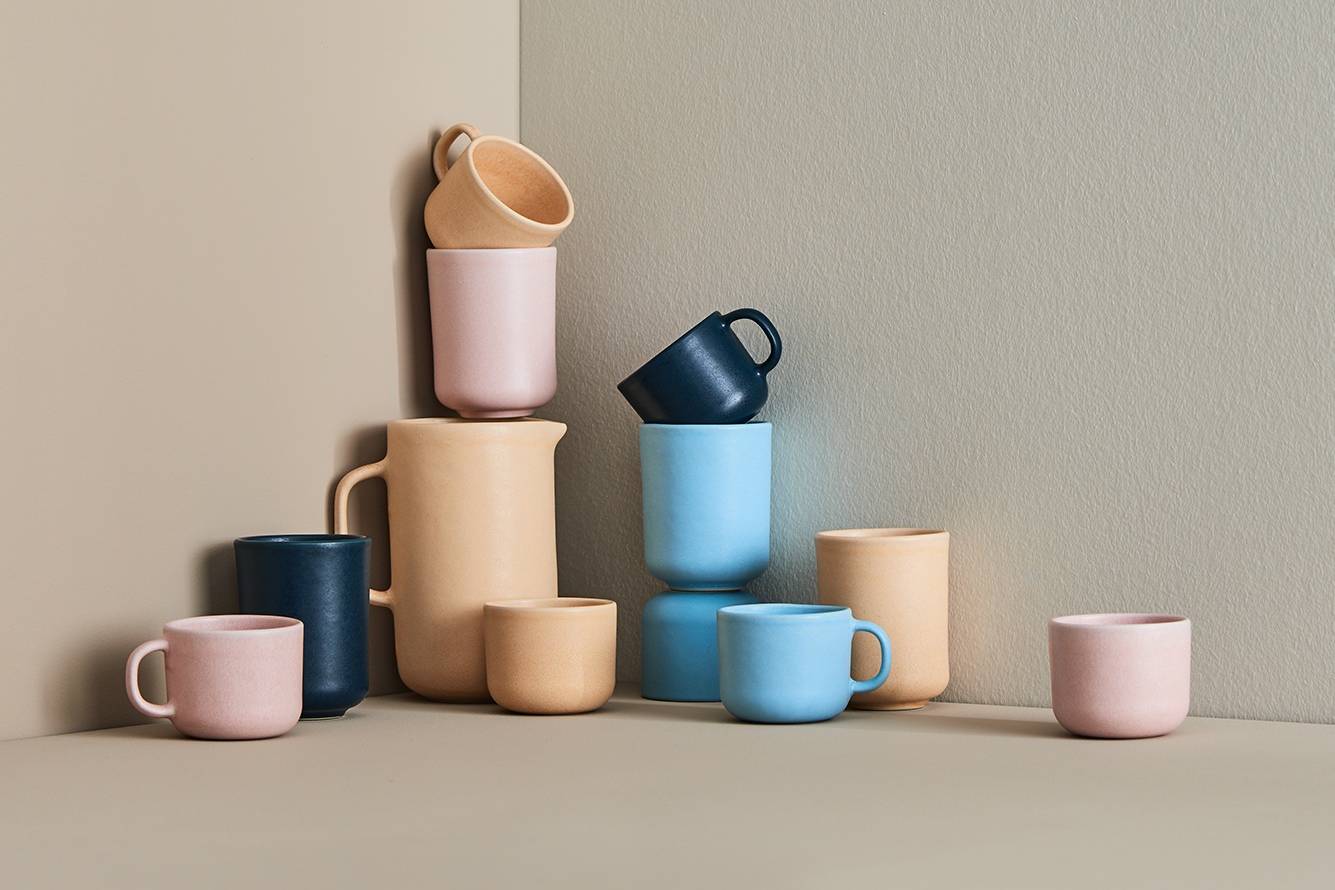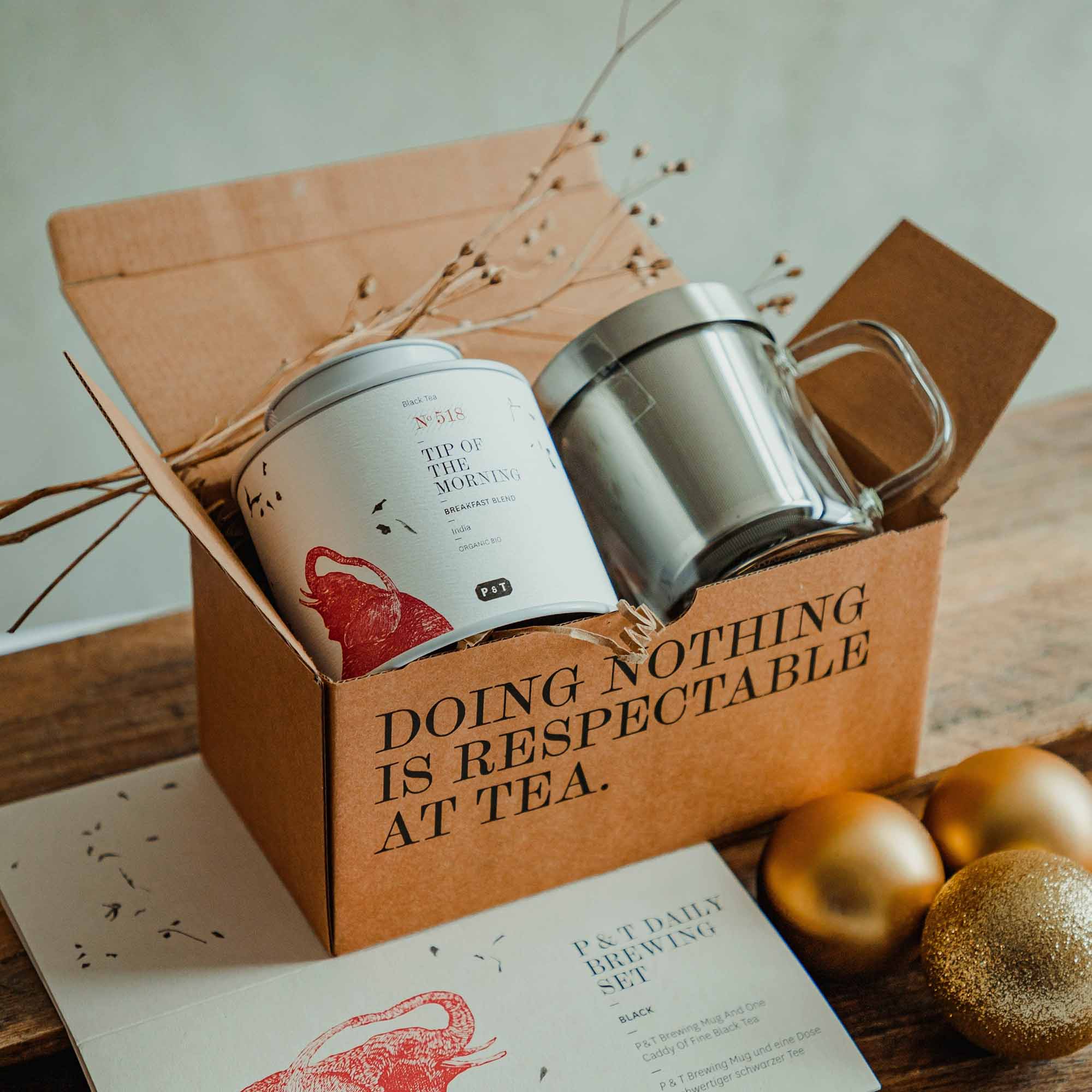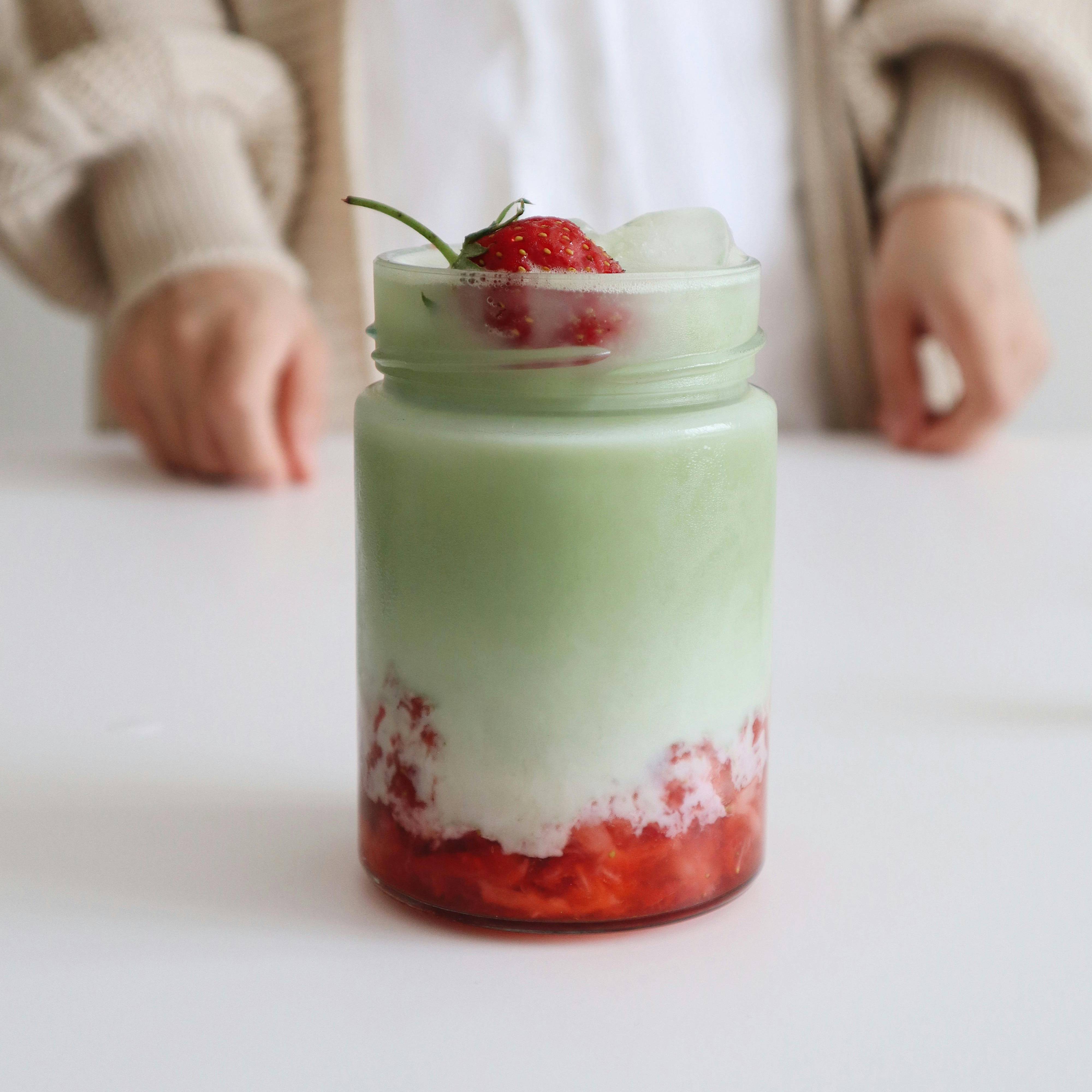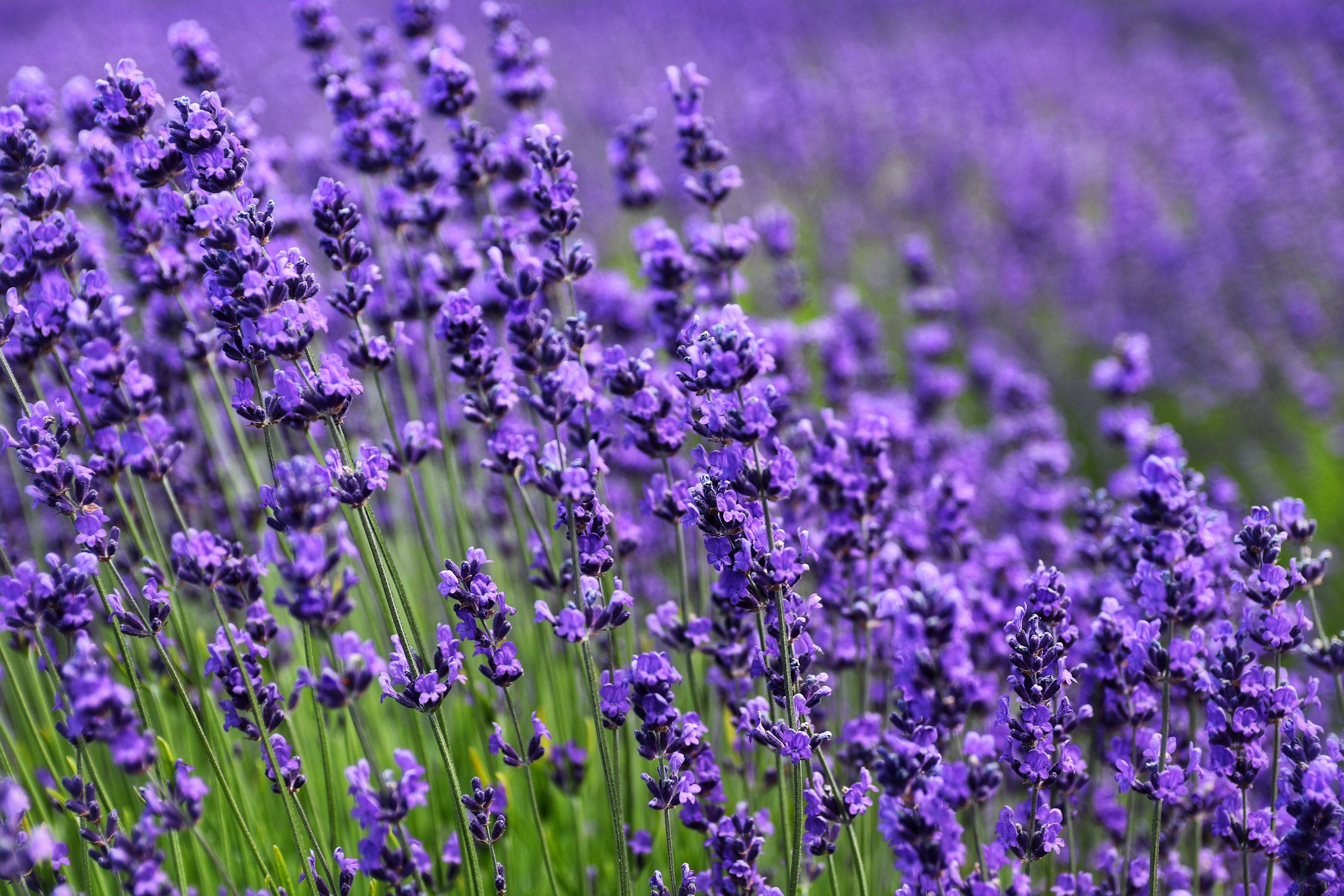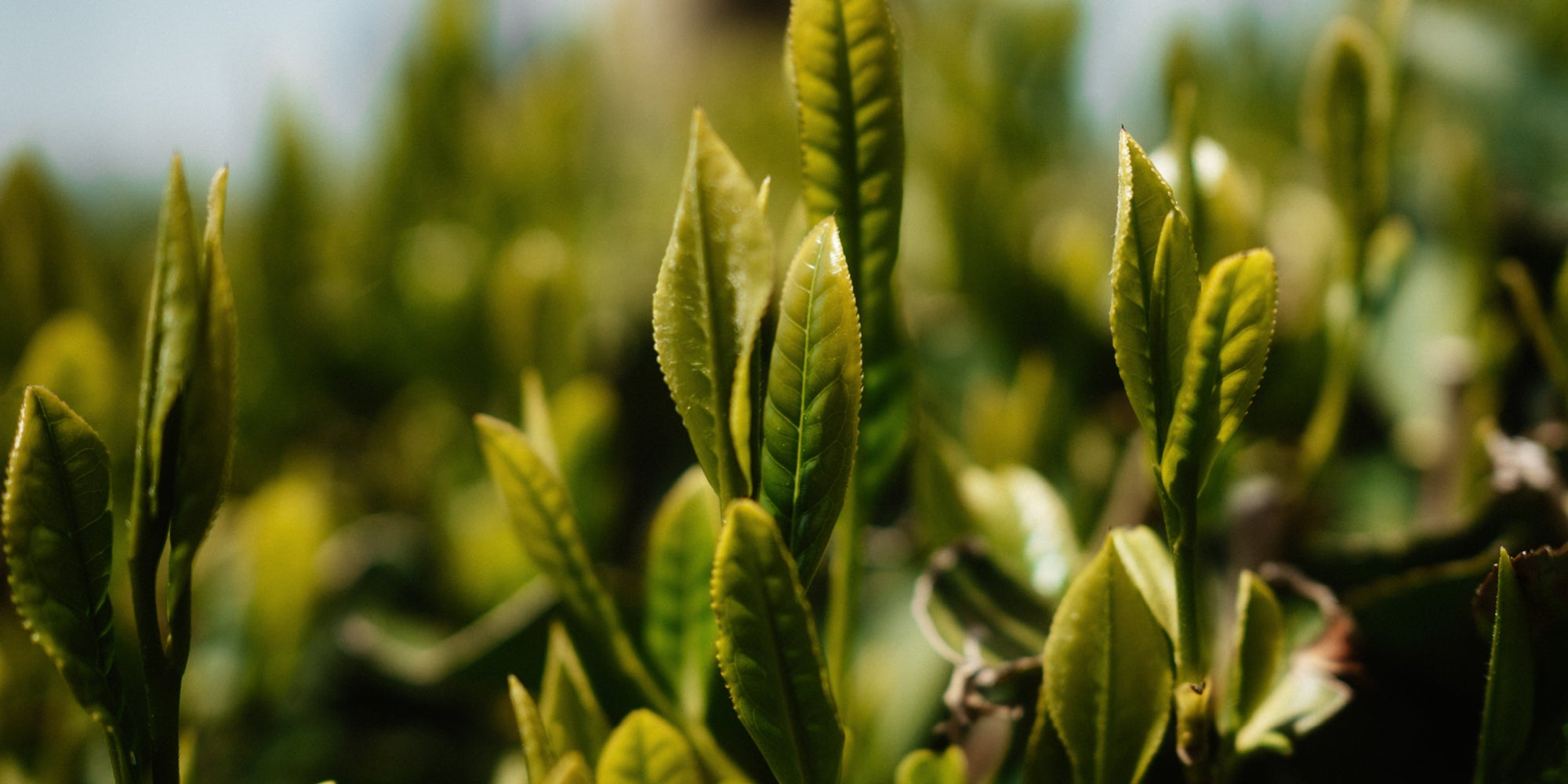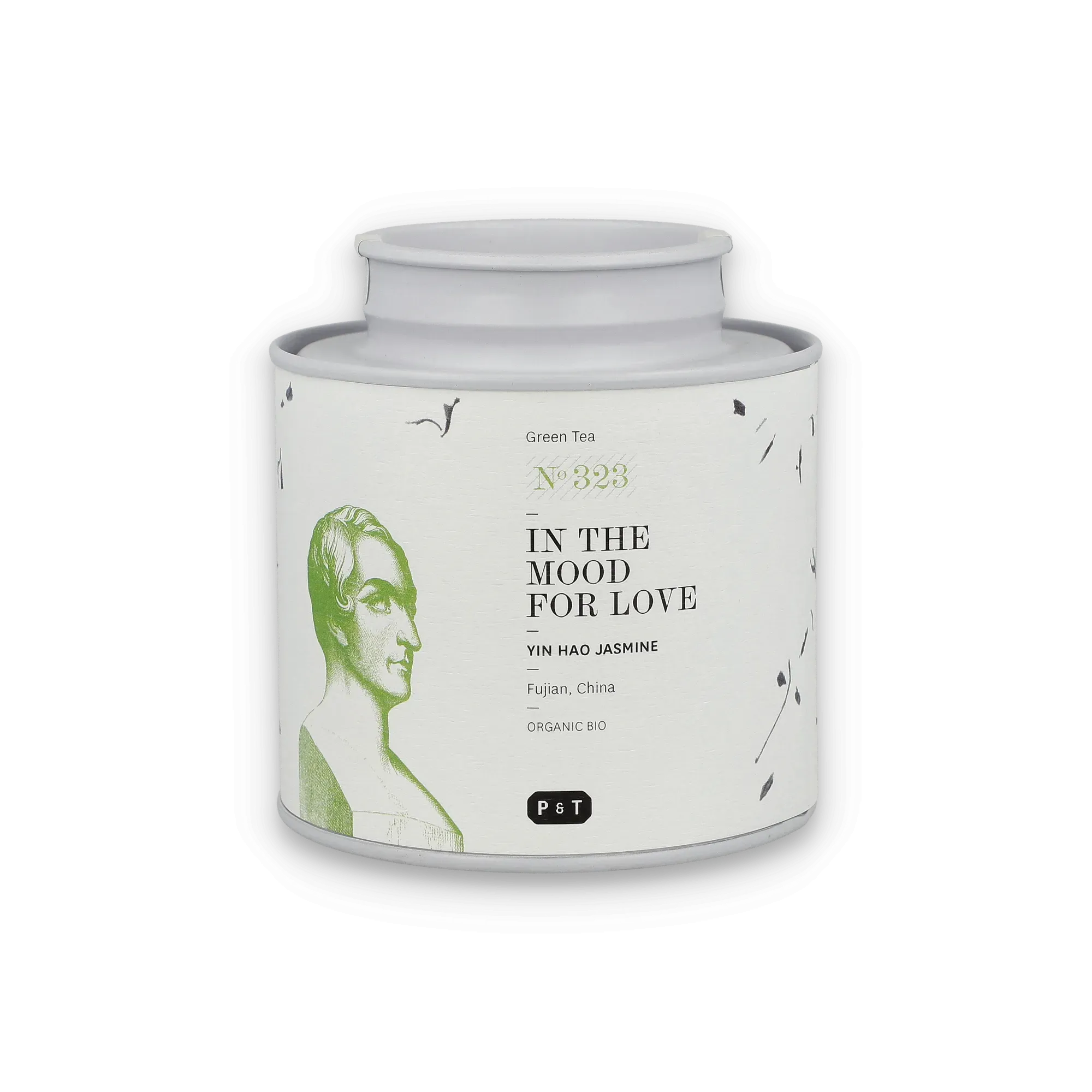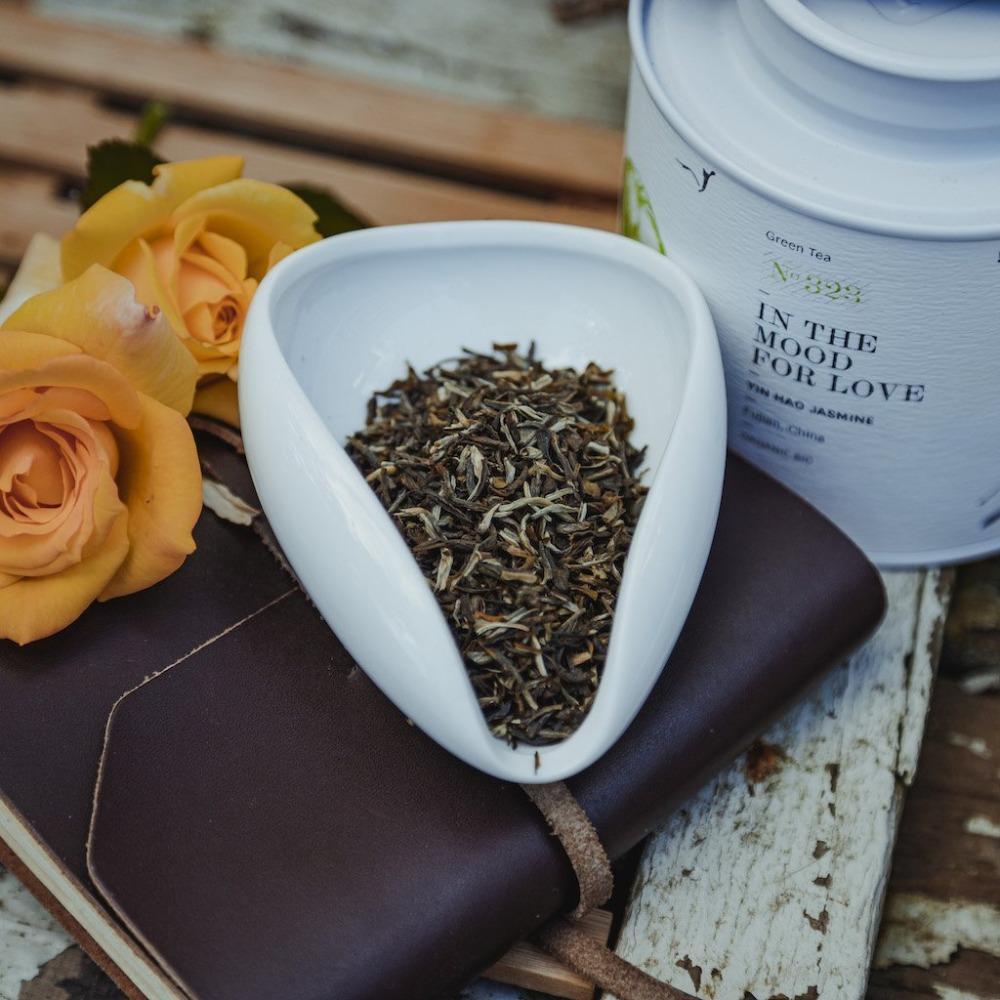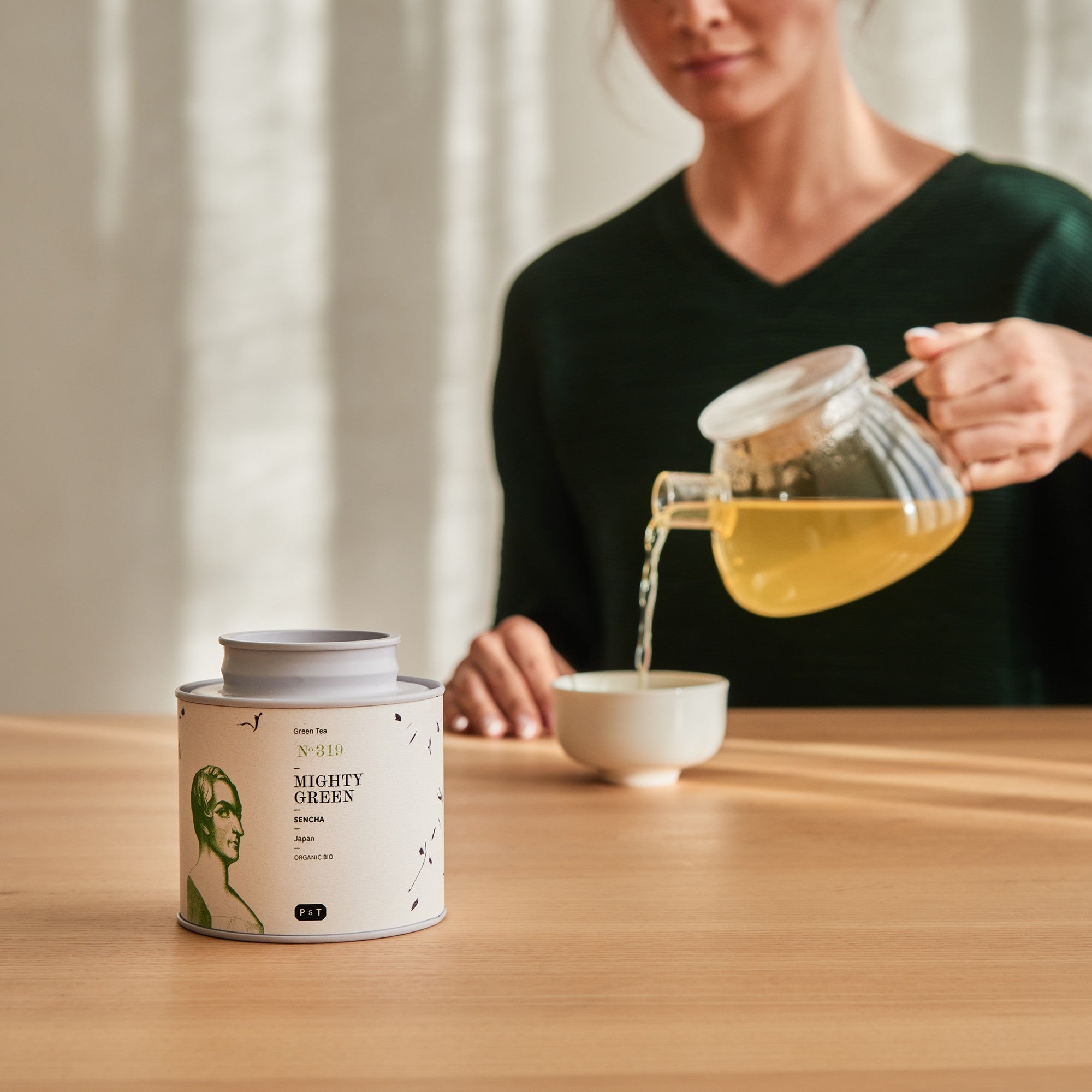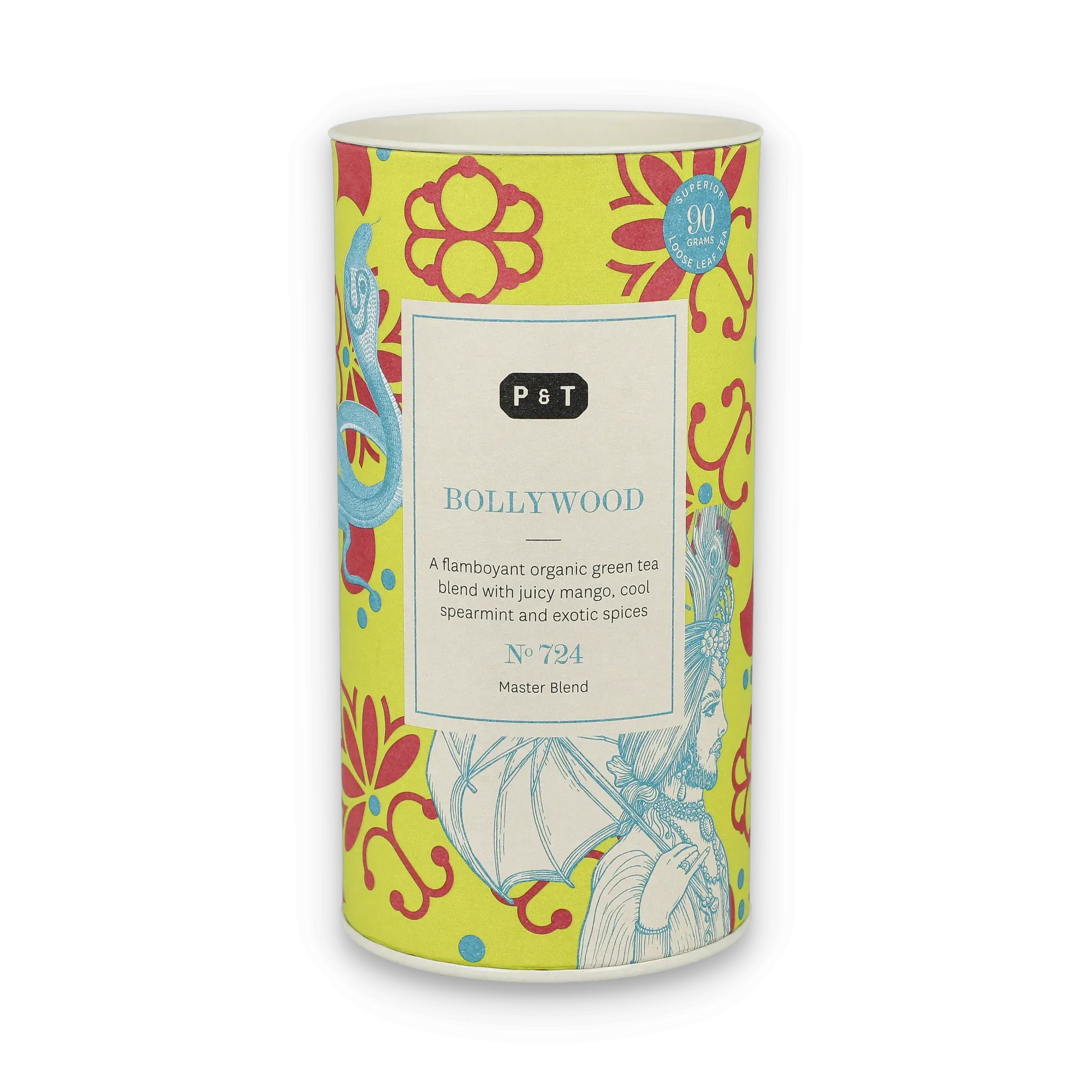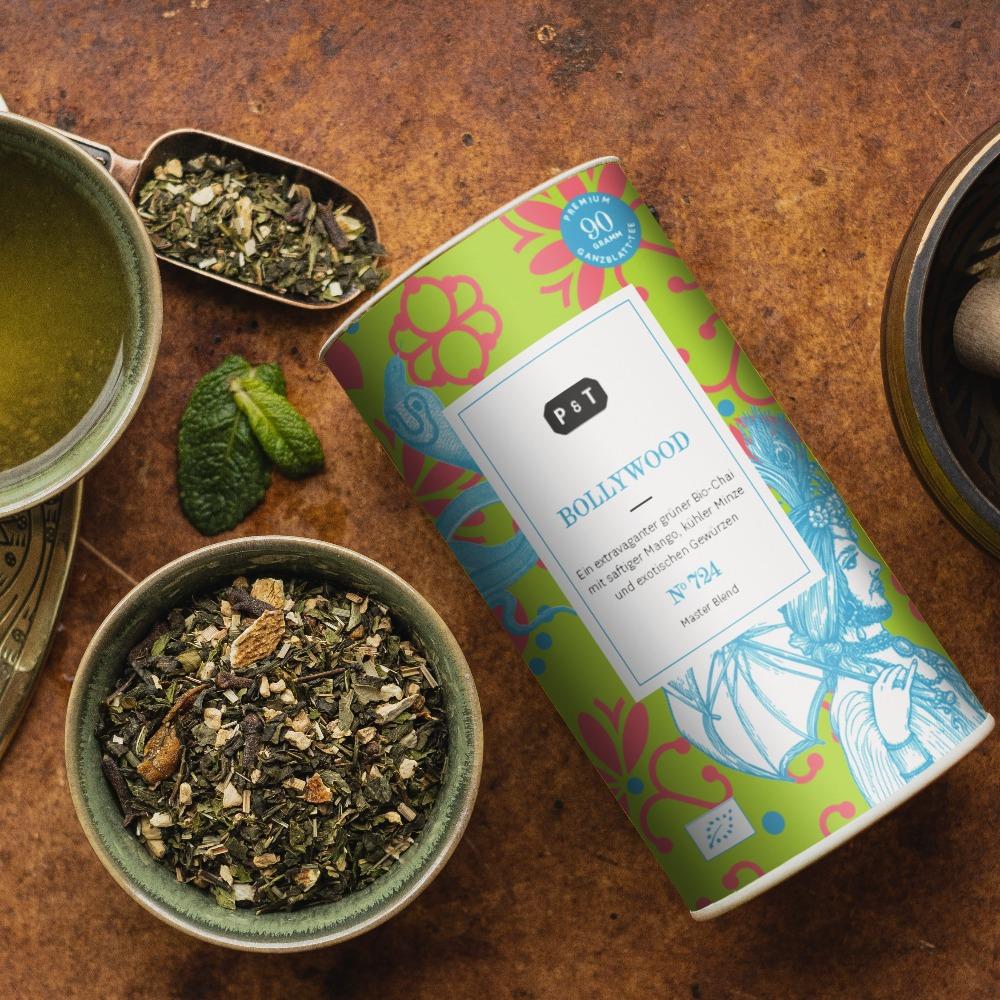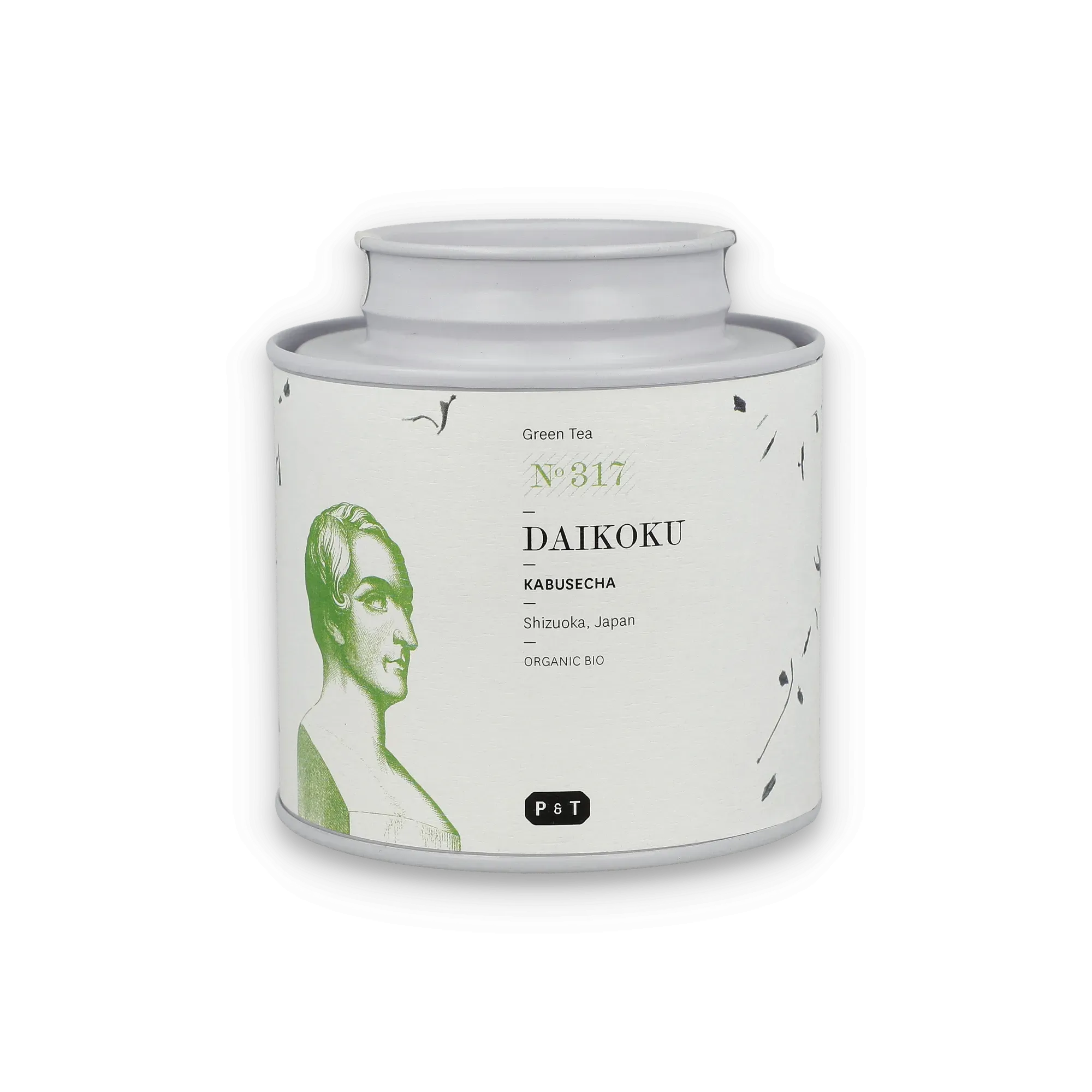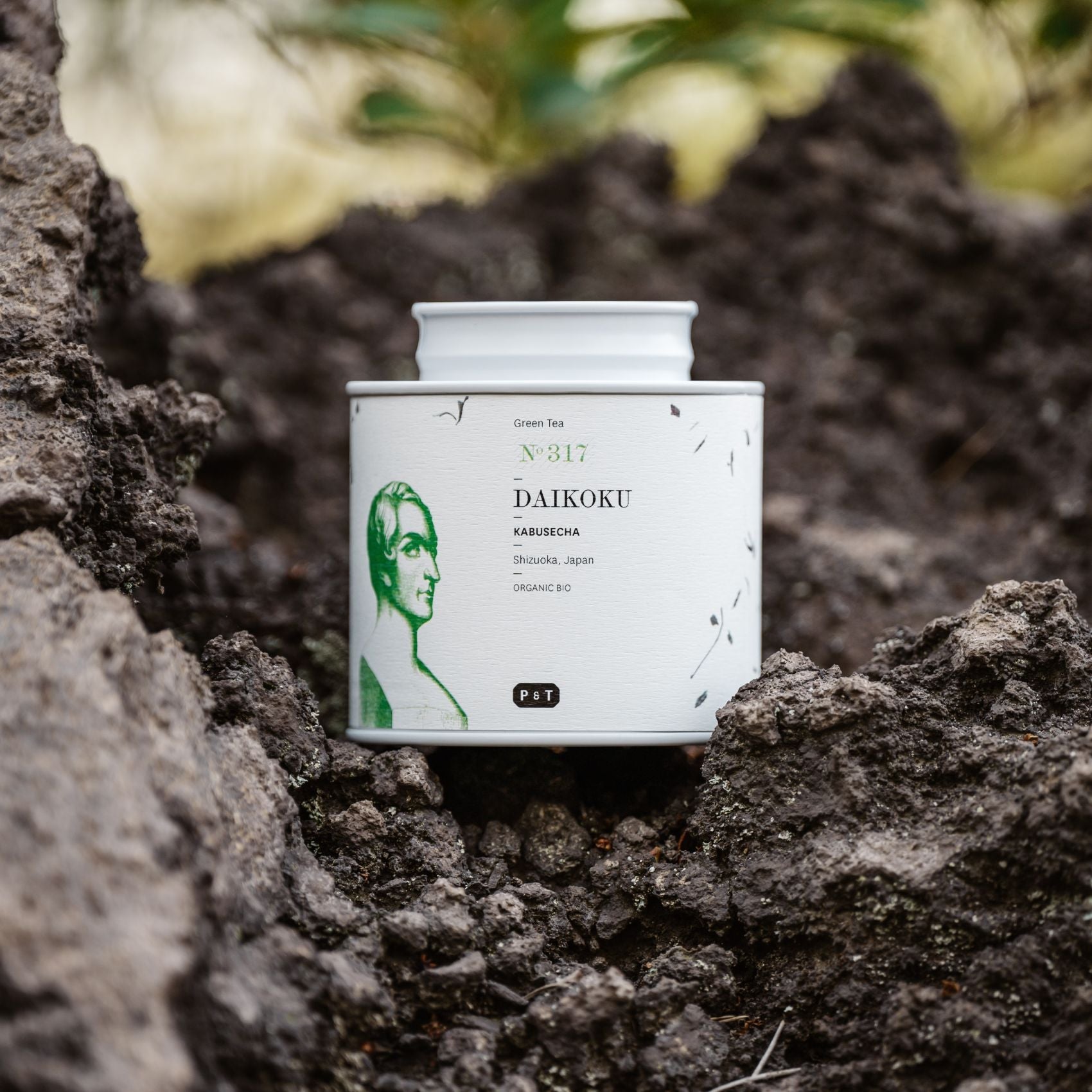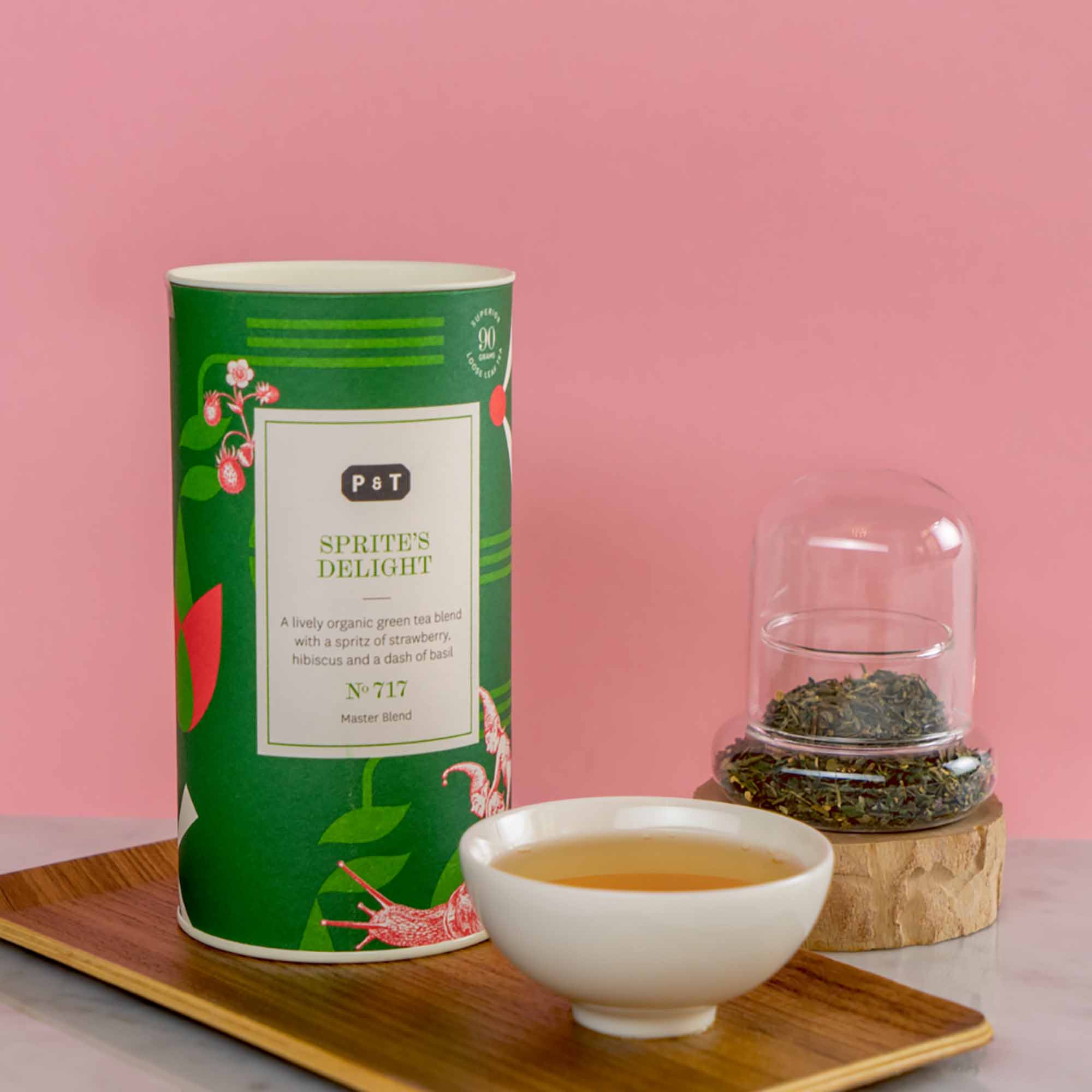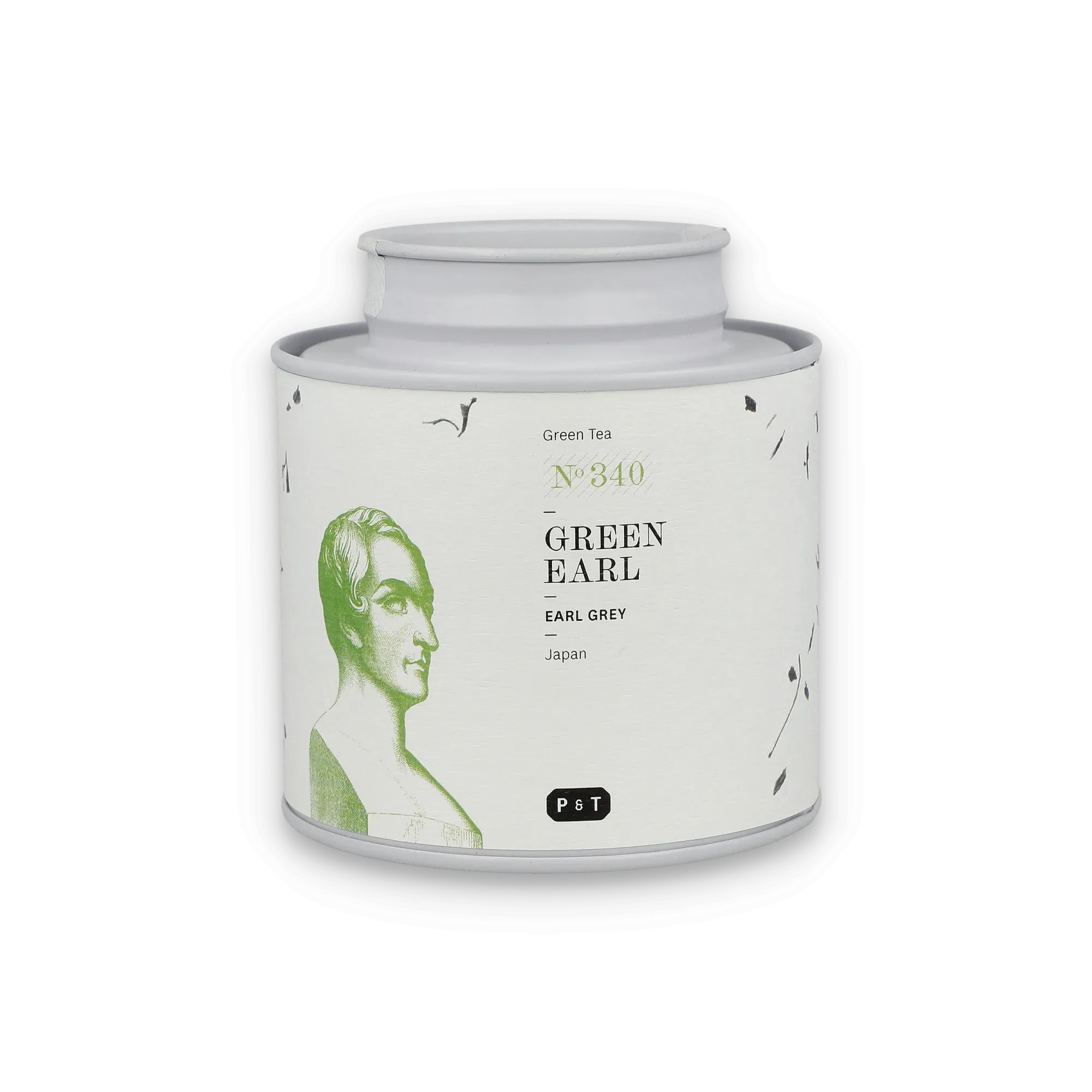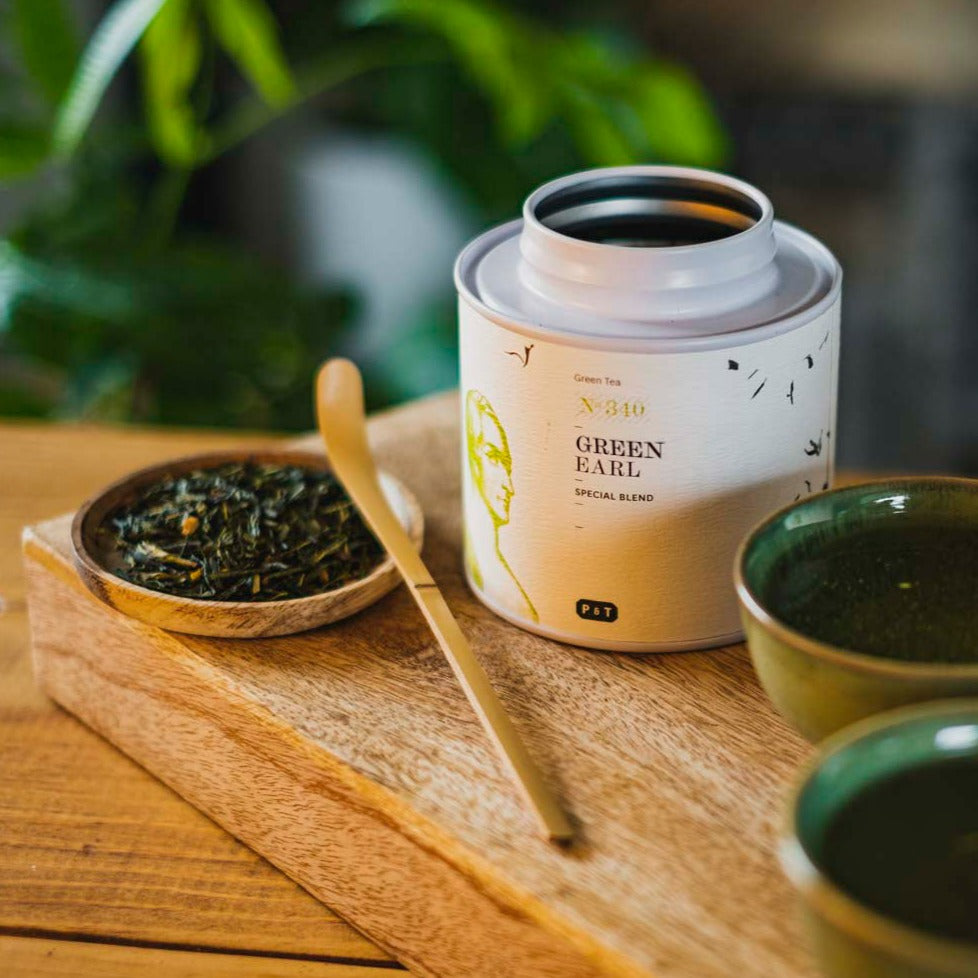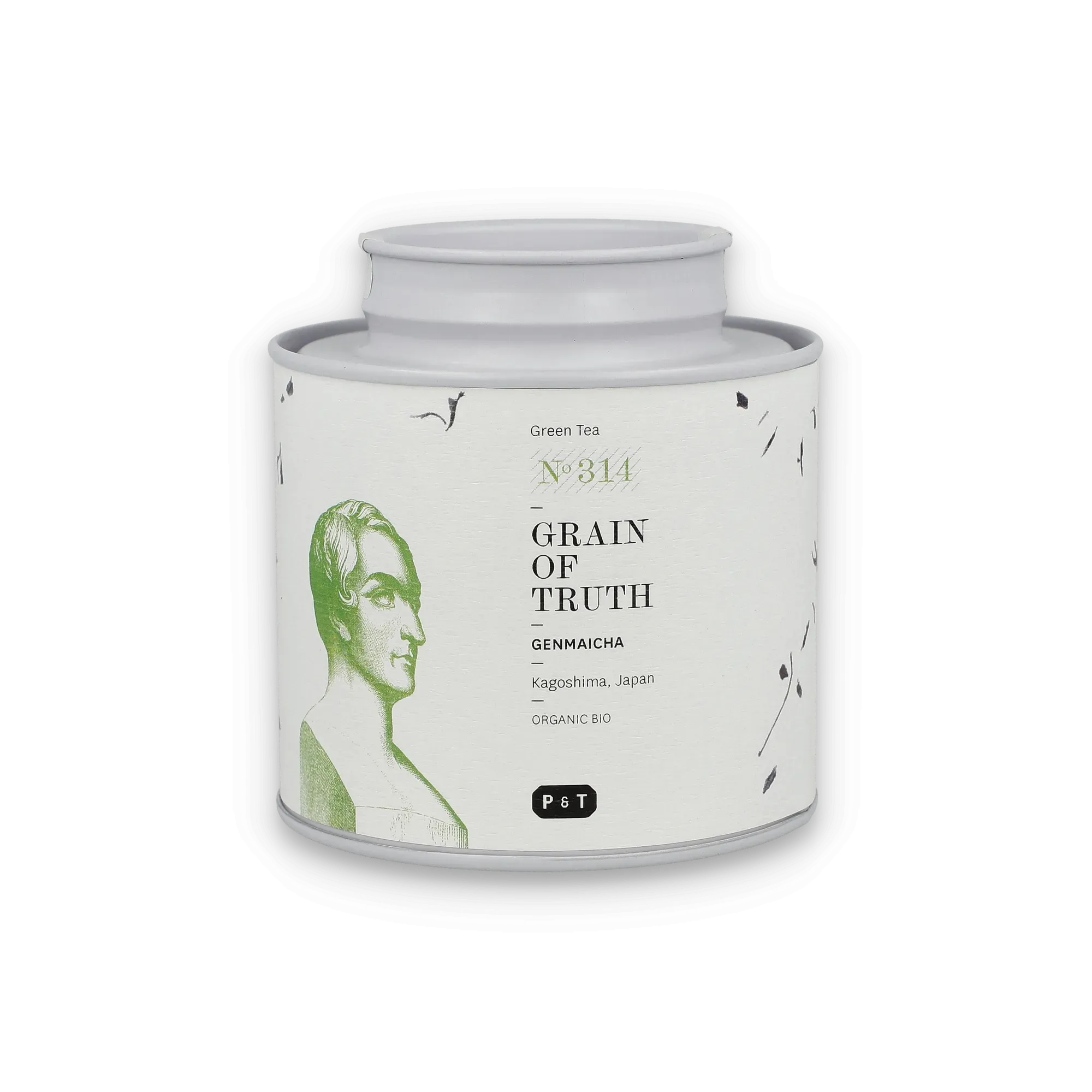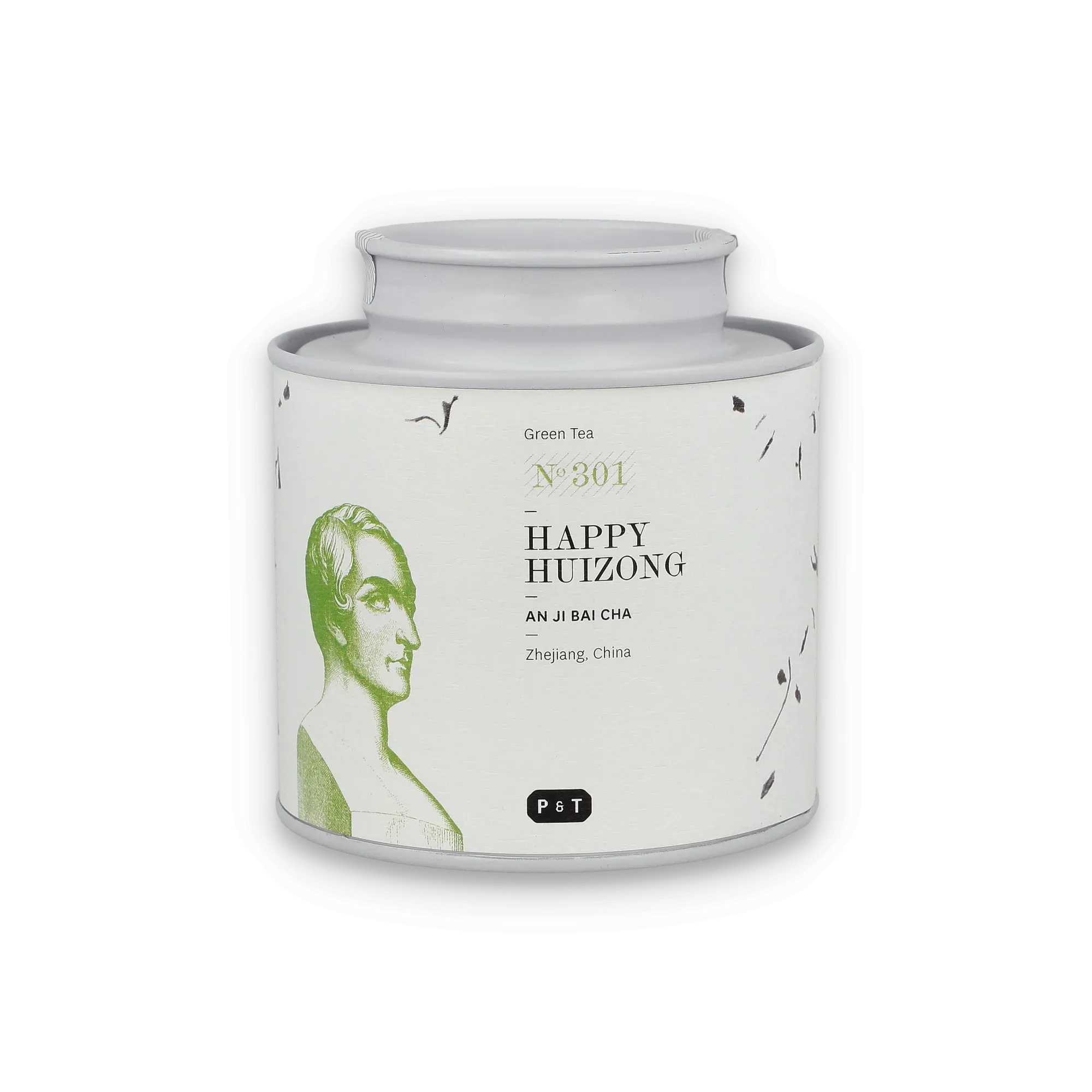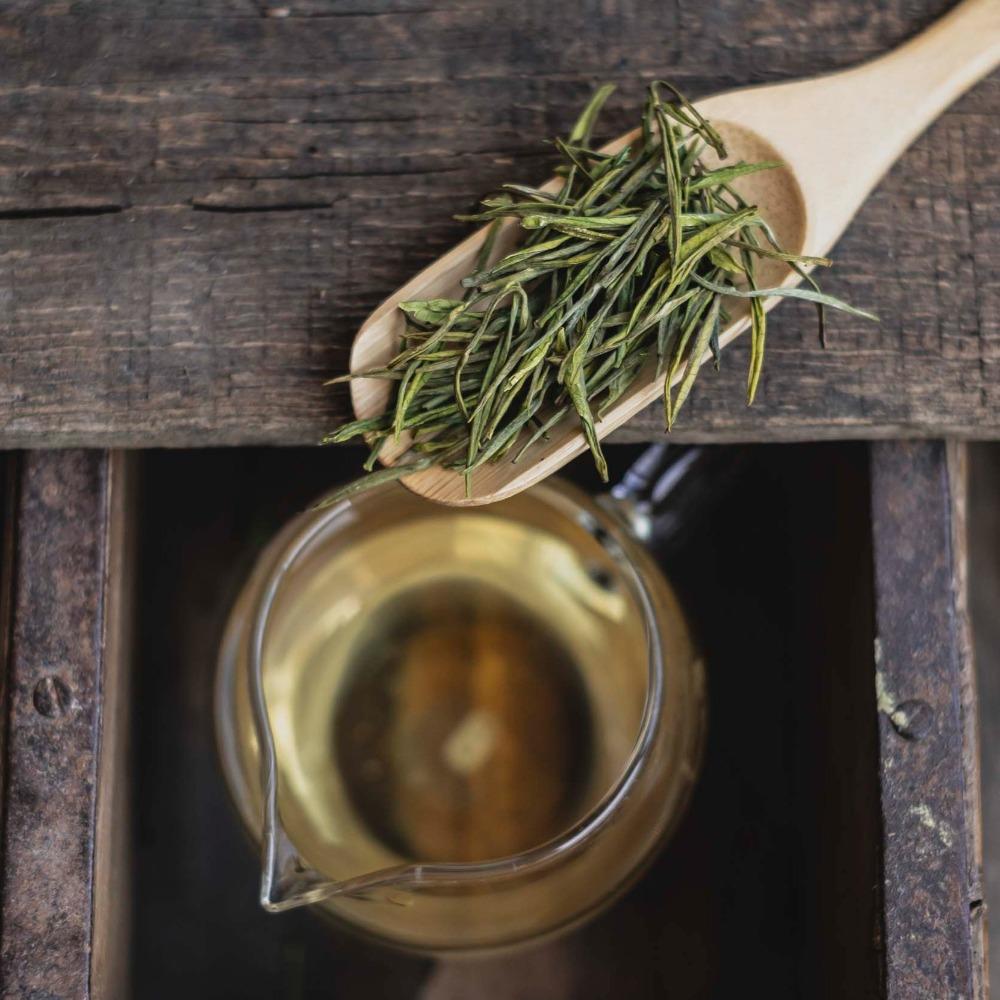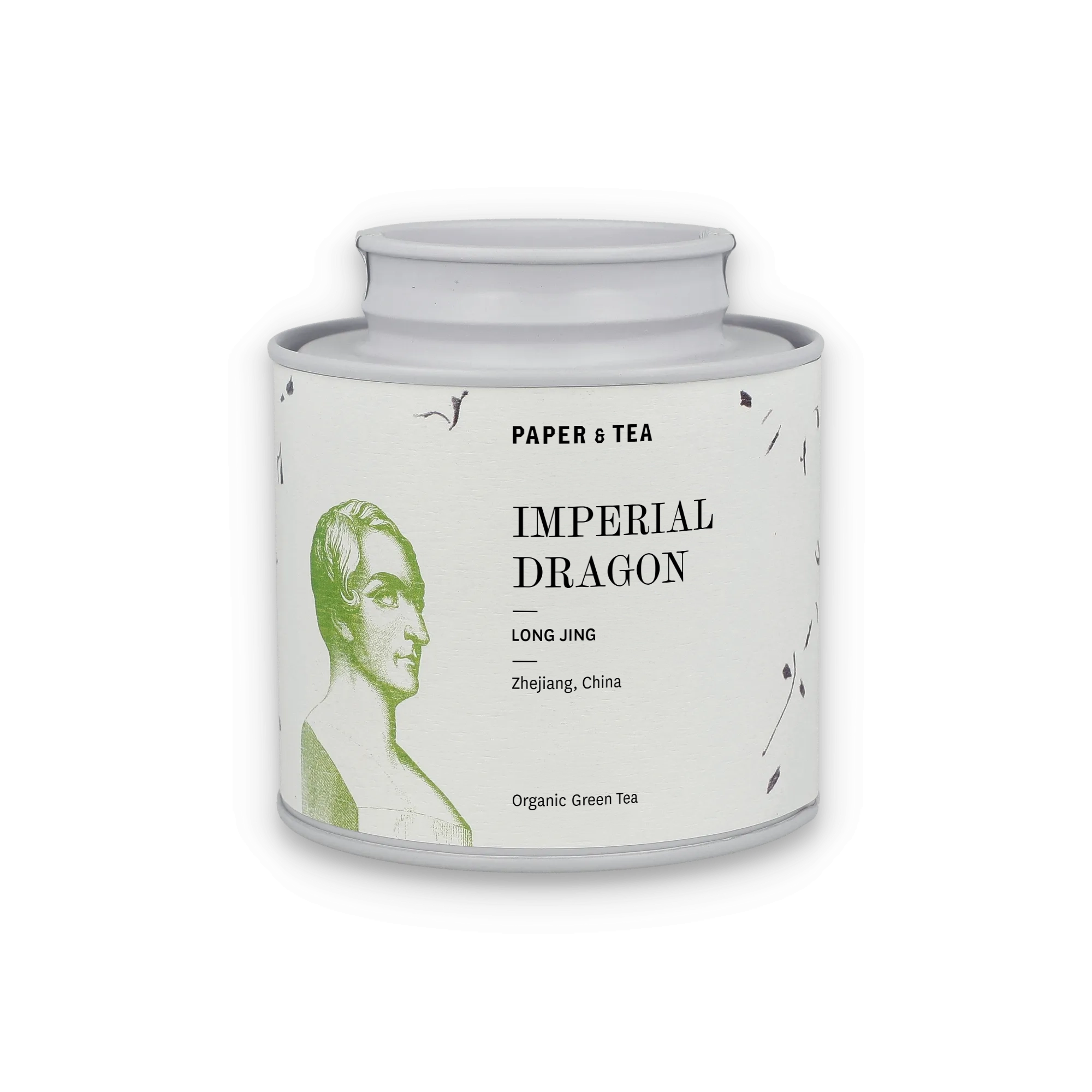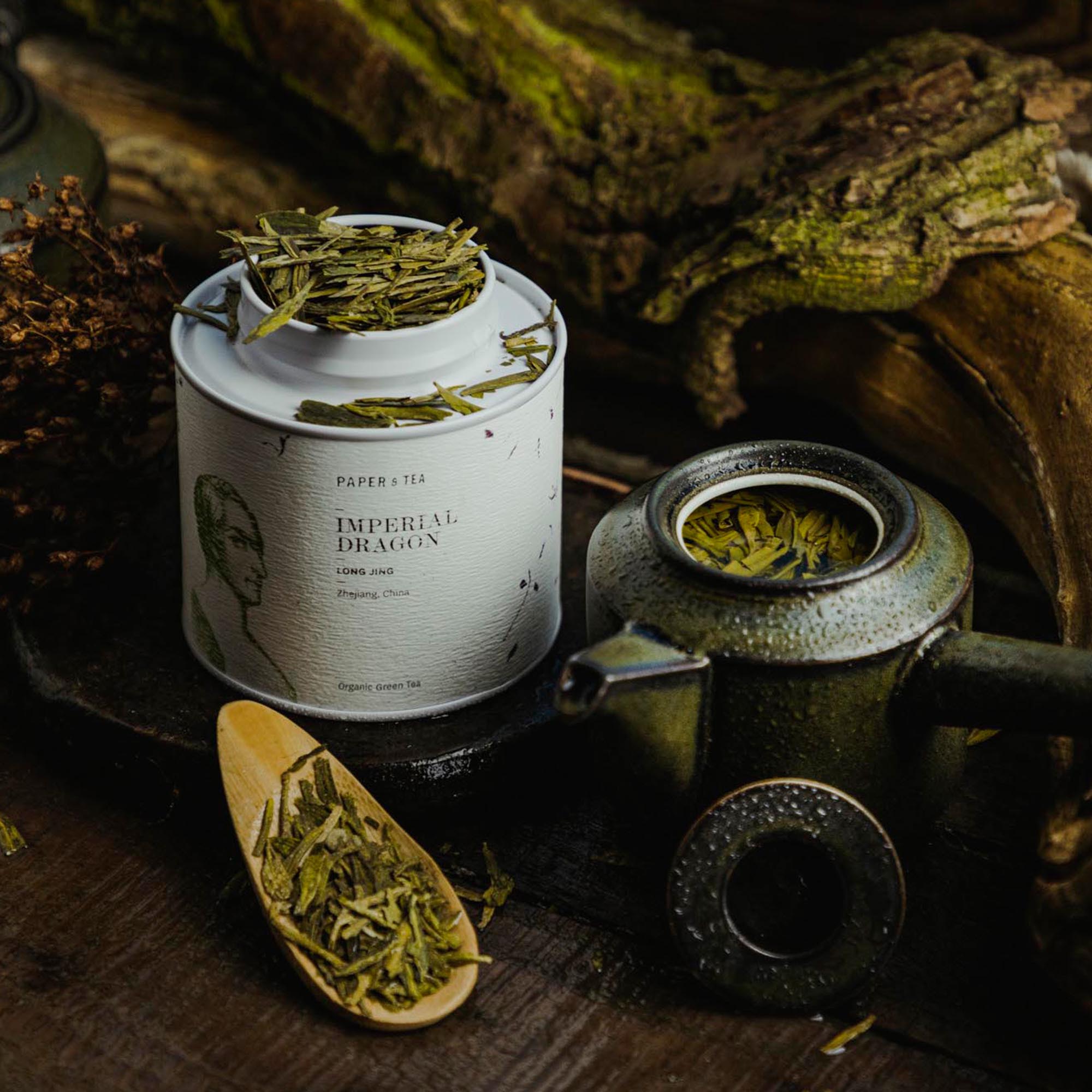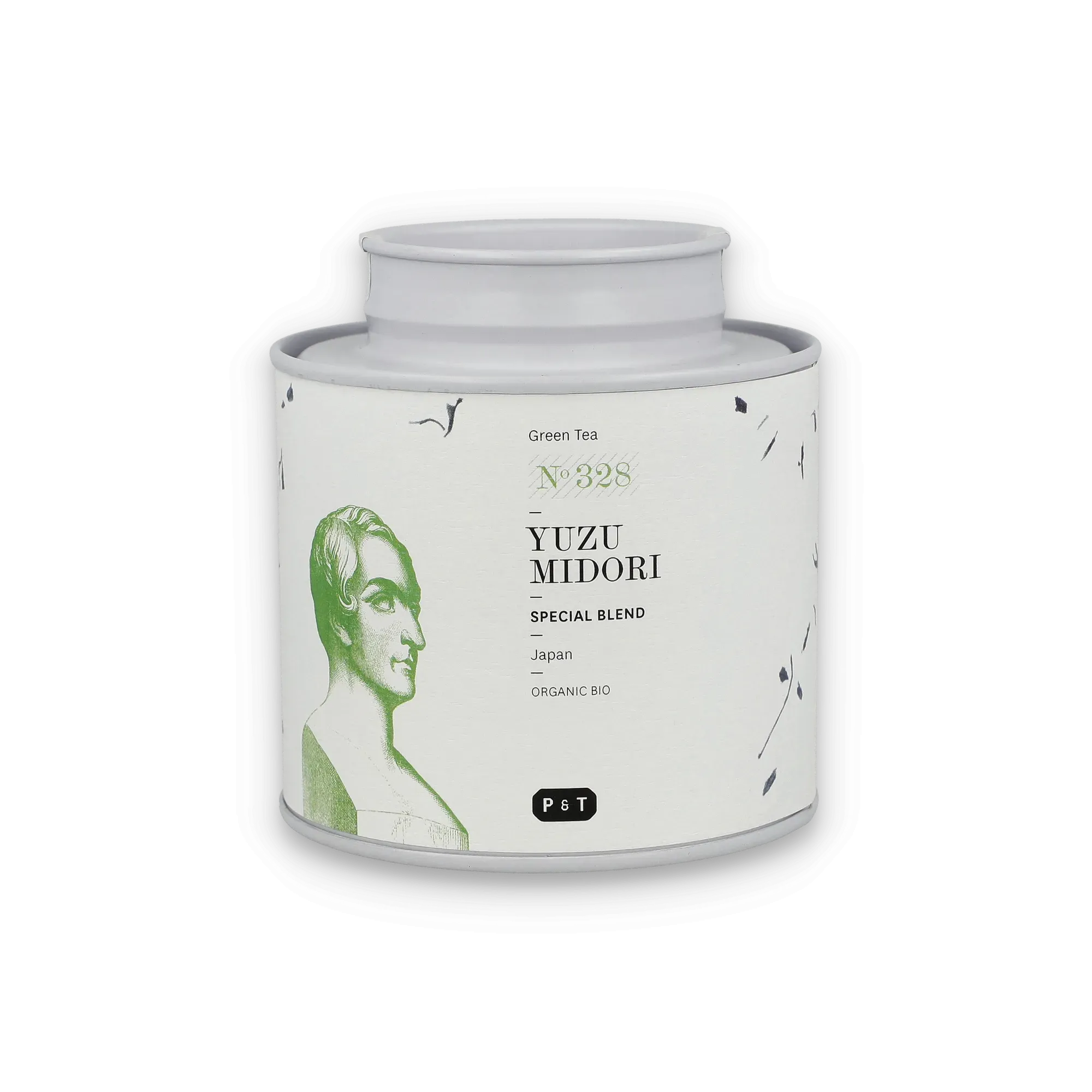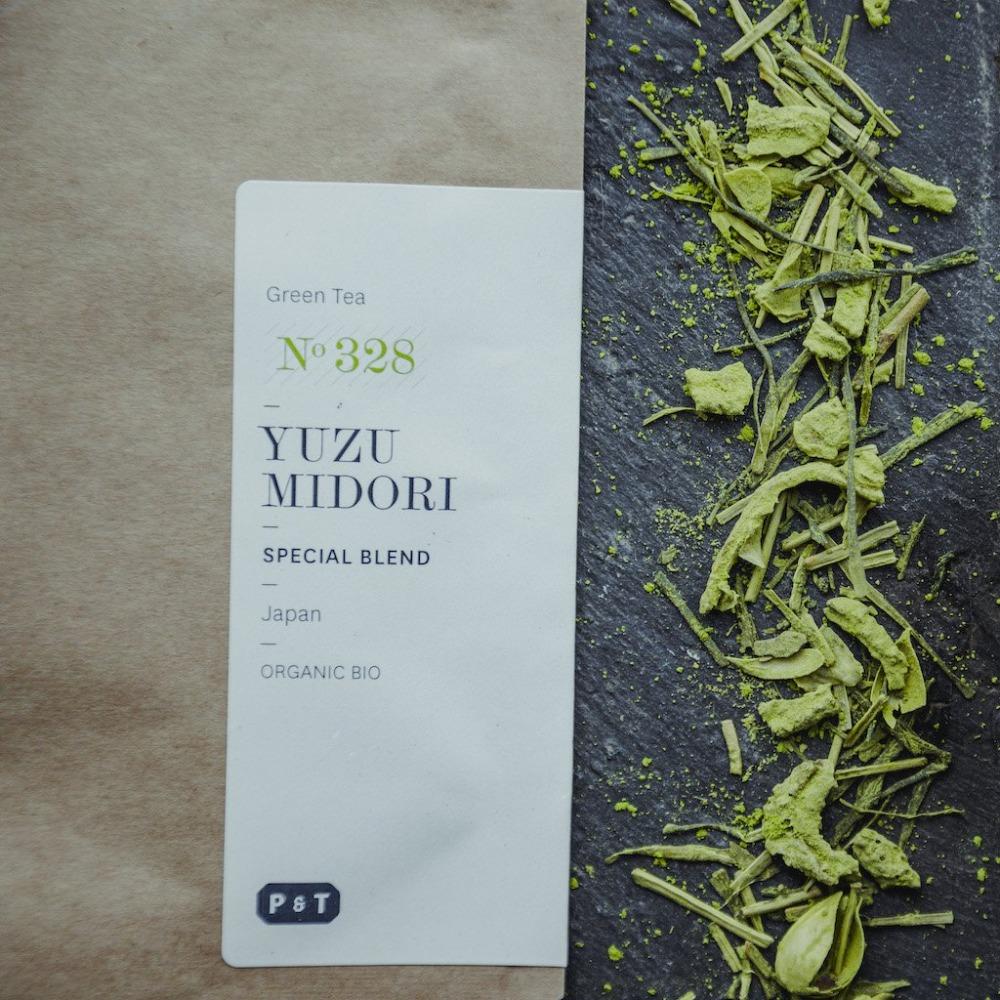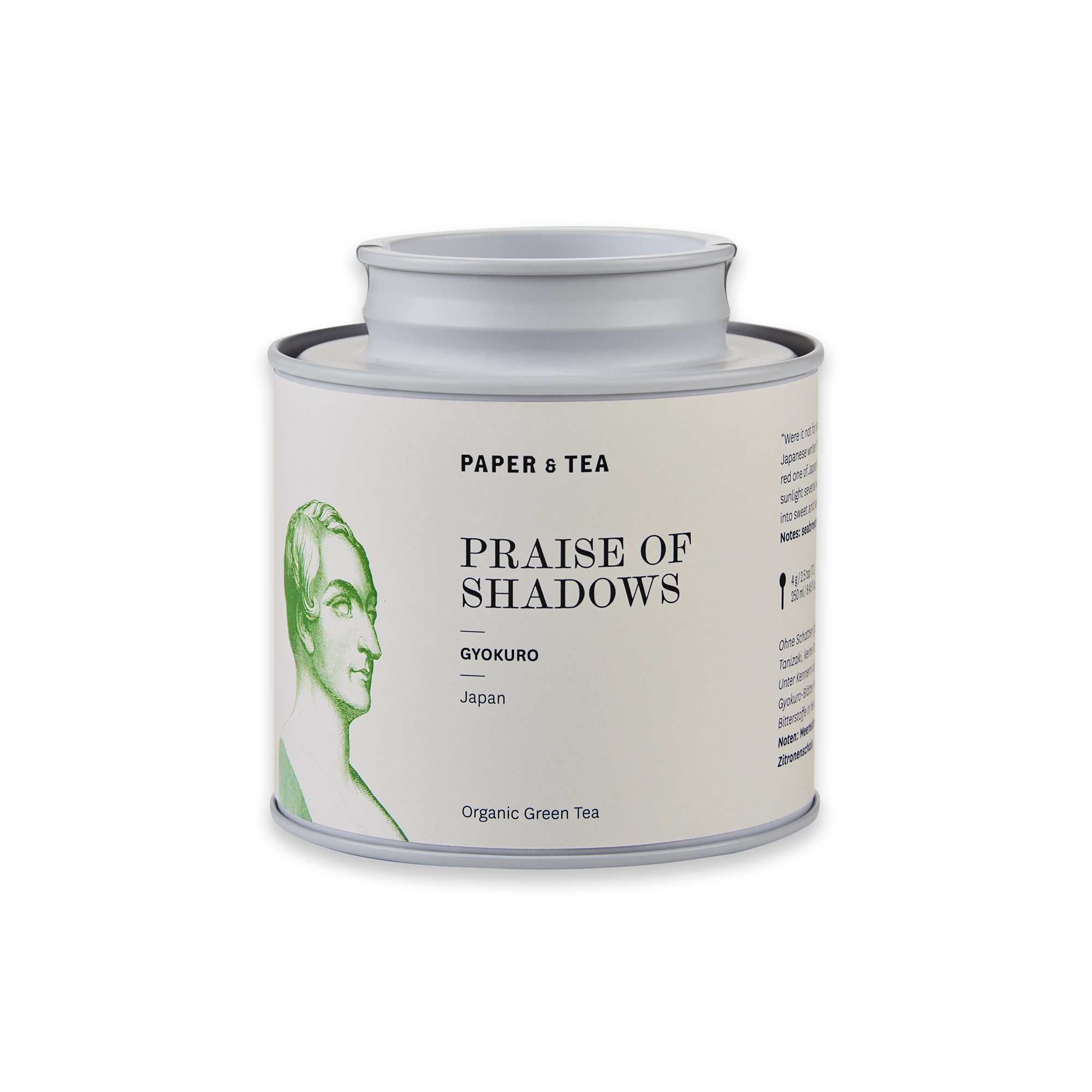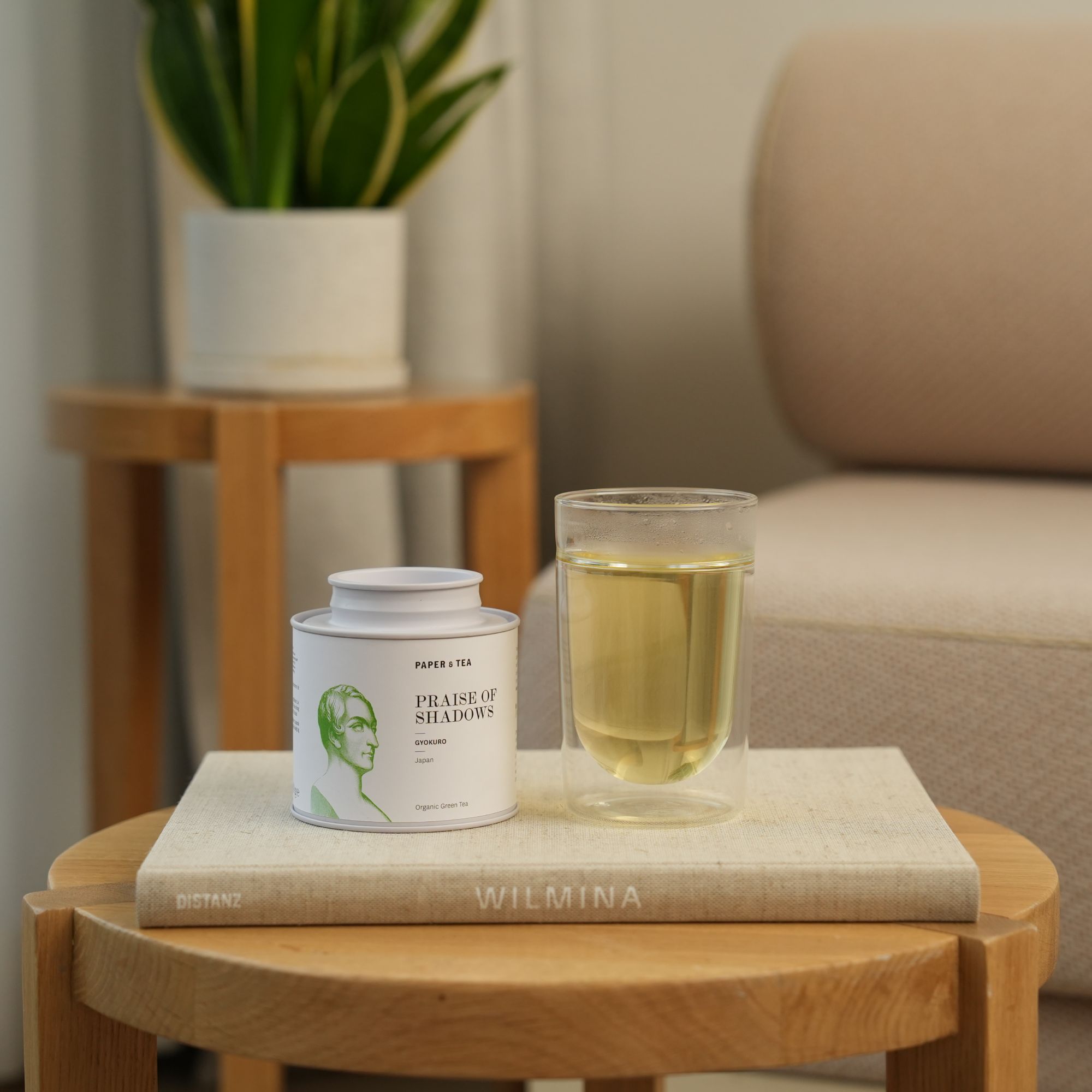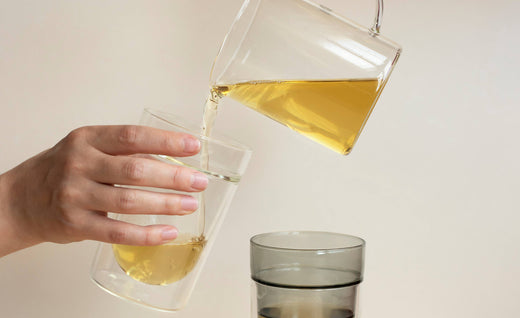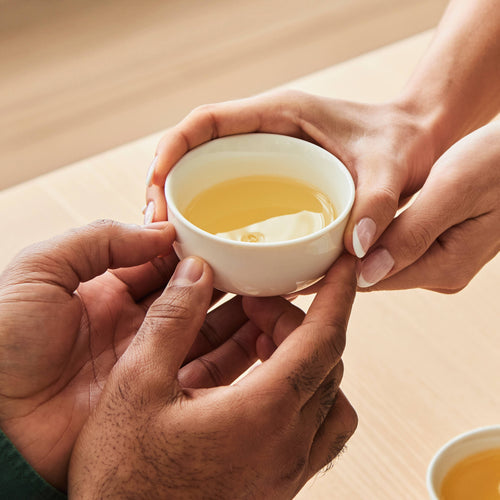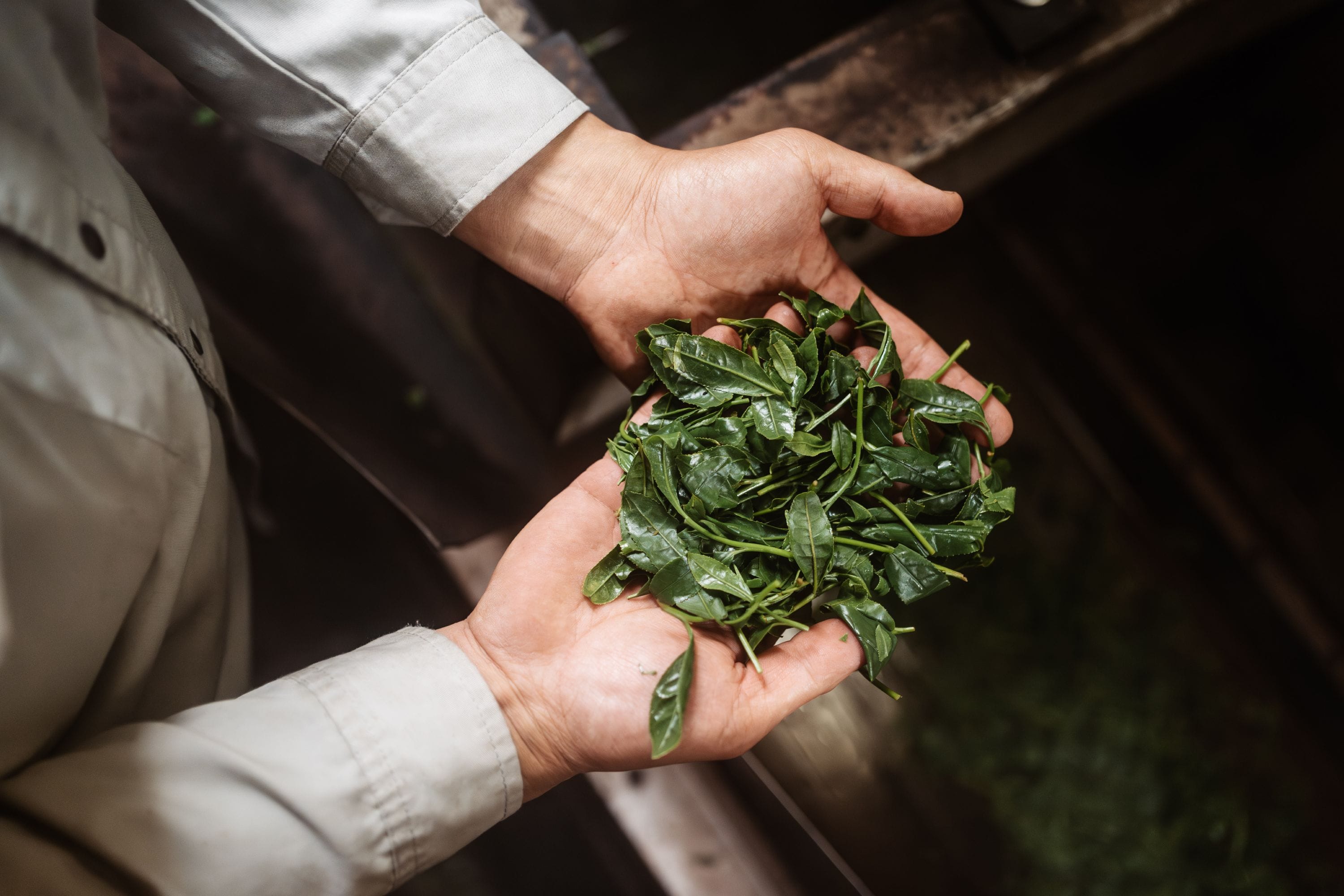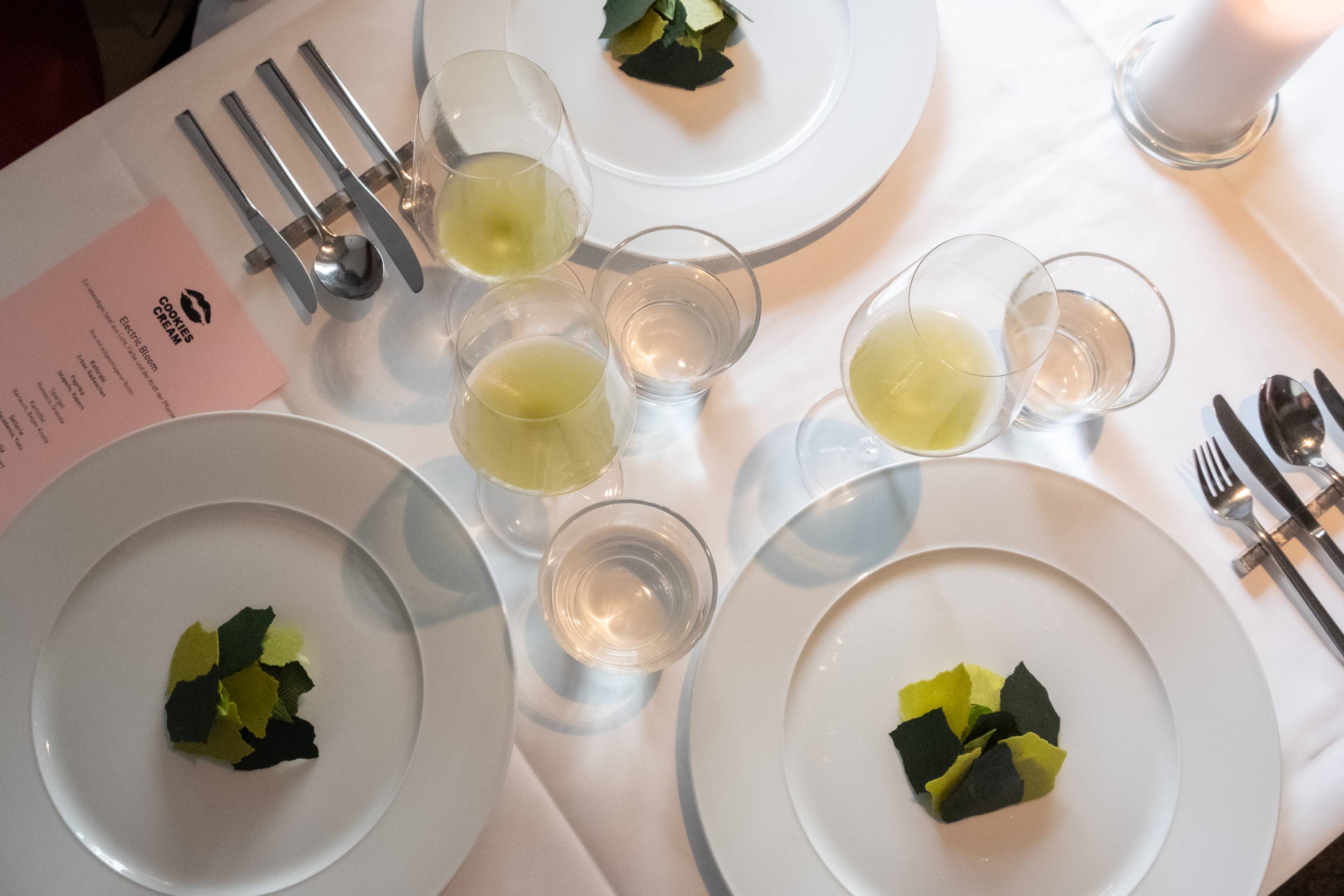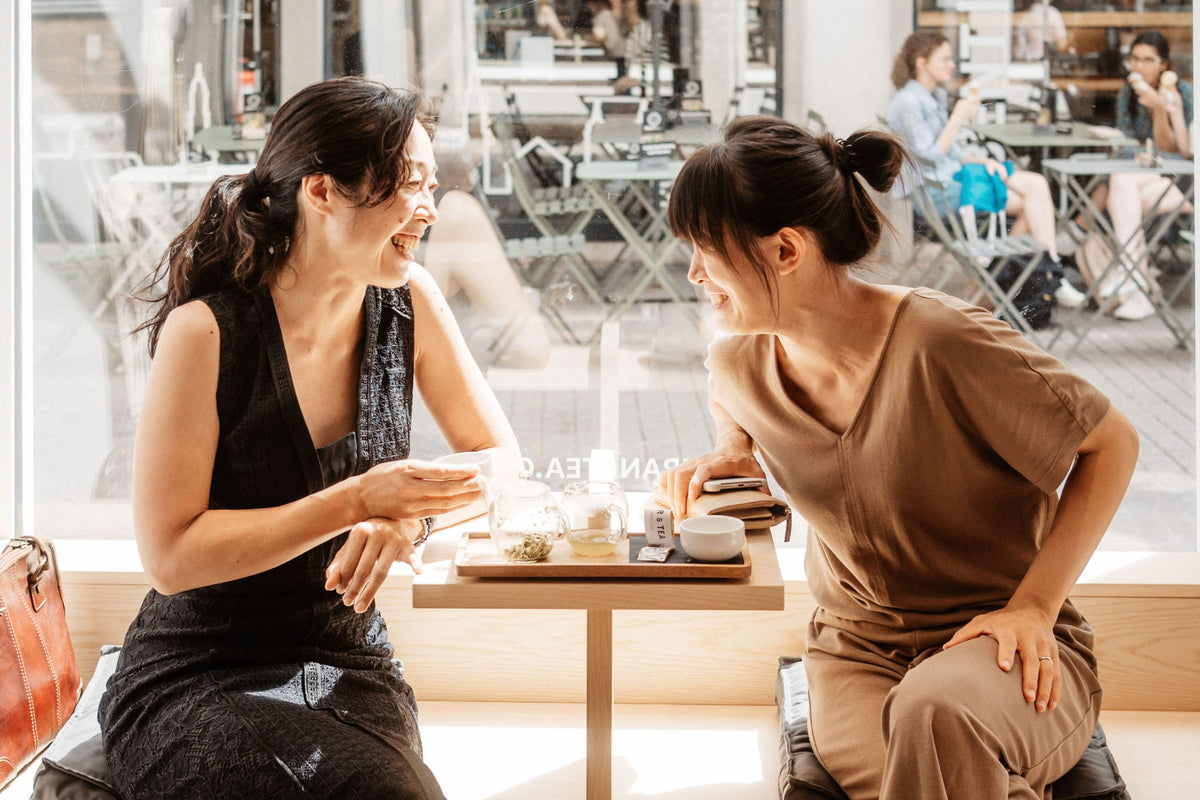Great joy
do you favour?
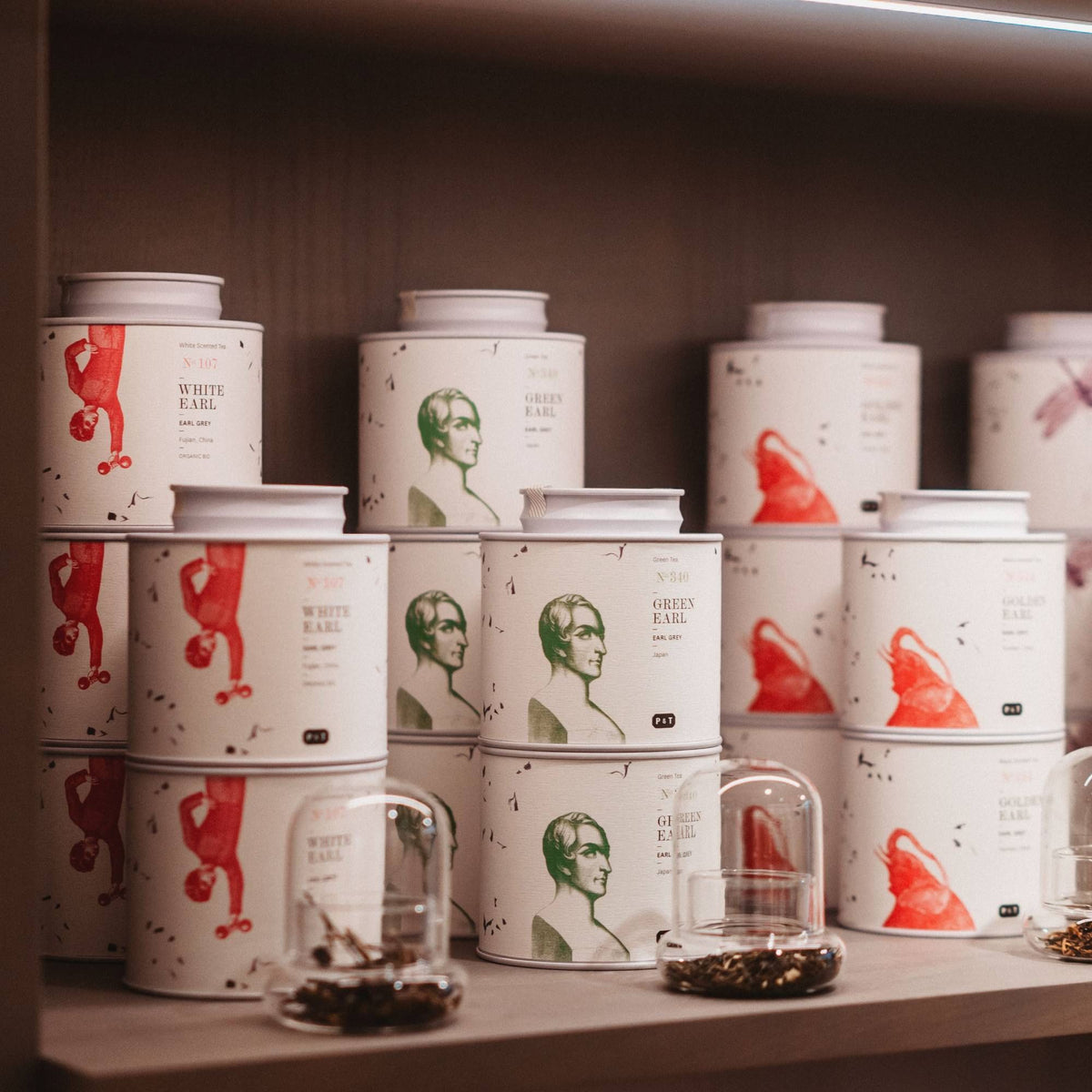
Our Origins Collection
Premium whole leaf and herbal teas
From the best
tea regions
Whole tea leaves
Pure flavor
Responsible
production
A Glimpse Behind the Scenes - Green Tea
Is green tea your favorite tea? You are not alone with this passion, as green tea is among the most popular types alongside black tea. The unique, fresh taste excites tea fans worldwide. The enjoyment of green tea has been an integral part of culture in Japan and China for centuries, embedded in daily life and traditions. There is an aromatic variety to discover because not all green teas are the same! Immerse yourself in the fascinating world of green tea and find your favorite cup.
A Glimpse Behind the Scenes - Green Tea
Is green tea your favorite tea? You are not alone with this passion, as green tea is among the most popular types alongside black tea. The unique, fresh taste excites tea fans worldwide. The enjoyment of green tea has been an integral part of culture in Japan and China for centuries, embedded in daily life and traditions. There is an aromatic variety to discover because not all green teas are the same! Immerse yourself in the fascinating world of green tea and find your favorite cup.
How to Prepare It Correctly
The preparation of tea is an age-old art. There are a few factors, such as the correct dosage, water temperatureand steeping time, that you should consider so that the aromatic taste and special ingredients can unfold optimally in your cup. It is crucial that you never brew green tea with boiling water. Green and white teas release their flavor quickly and should not steep too long. But don'tworry, we will show you how to brew green tea the best way.
The Correct Dosage
The taste of your cup depends on several factors, one of which is the dosage of the tea leaves. We generally recommend 4 g of tea leaves for 250 ml of water. This corresponds to approximately two heaped teaspoons of loose tea. The exact dosage may vary slightly from tea to tea, so it’s best to experiment with the amount, depending on whether you prefer a milder or stronger taste. A tea bag usually contains the ideal portion for one cup. In addition to the correct dosage of tea leaves, you should also consider the recommended water temperature and optimal steeping time for your green tea.
The Ideal Water Temperature
To brew green tea, the water should not be boiling. Water that is too hot damages the delicate green tea, turning it bitter. The ideal water temperature is between 70°C - 80°C. For Chinese Long Jing IMPERIAL DRAGON N°302, it’s best to use 80°C water. For matcha, a temperature of 70°C is recommended. Kettles with variable temperature settings, such as our TEA FELLOW CORVO, are suitable for precise temperature specifications.
How Long Should Green Tea Steep?
In addition to the correct water temperature and dosage, steeping time also plays a crucial role in preparing green tea. Unlike black teas, green tea does not require intense extraction. If you steep the loose tea leaves at 70°C - 80°C, the steeping time for green tea should not exceed 1-3 minutes. If you steep green tea for too long, it becomes bitter. The water temperature and steeping time are directly related to ensuring the unique, fresh taste the tea unfolds. But don’t worry, you don't need to memorize everything. You’ll find all the tips & recommendations in our product information and on the packaging.
Did You Know…?
Eastern and Western tea preparations differ significantly in terms of quantity and steeping time. In Japan and China, a larger amount of tea leaves is used, the steeping time is practically eliminated and the infusion is poured directly into the serving pot.
The Most Popular Green Tea Varieties
Did you know that green tea is the largest tea family? This is mainly due to the variety of aromatic teas that arise from different, fascinating production methods. In the production of green tea, the oxidation of the tea leaves is stopped by heat. There are two different methods for this: For Chinese style, the tea leaves are roasted with dry heat, while in the Japanese tradition, they are treated with moist steam. This preserves the lush green color of the tea leaves. Through these virtuous processes, green tea creations have developed into genuine classics over time. Here are some of the most well-known varieties from the world of green tea.
- Sencha fills your cup with an intense umami flavor. In Japan, it is one of the most popular teas for any occasion. This steamed green tea, such as our MIGHTY GREEN N°319, tastes lush green and takes you on an aromatic journey to Japan.
- Jasmine Tea Yin Hao Jasmine, like our IN THE MOOD FOR LOVE N°323, is a fine green tea perfumed with delicate jasmine blossoms during processing. Night after night, the tea leaves are layered with fine jasmine flowers. This Chinese green tea specialty delights tea lovers with a floral, fresh note.
- Genmaicha is a traditional green tea blend for which Japanese green tea (usually Sencha) is mixed with roasted rice. This rice tea acquires an incomparable taste that is reminiscent of popcorn. Originally intended as a nutritious beverage for the poor, Genmaicha now delights people worldwide. With our GRAIN OF TRUTH N°314, you can discover these roasted aromas.
- Matcha means "ground tea" in Japanese. For its production, green tea plants are shaded up to 5 weeks before harvest and then ground into a fine powder using traditional mills. Matcha takes you on a pleasurable journey with sweet-creamy notes and is also excellent for refining dishes and beverages.
- Gunpowder Tea, also known as "pearl tea," is a Chinese tea specialty that gets its name due to the small, rolled tea leaves. This method is also used to produce Oolongs. Gunpowder is particularly known for its strong flavor.
Purchasing Green Tea at PAPER & TEA - Your Enjoyment
With a cup of green tea, you pour yourself a portion of age-old tradition. Sample our range and enjoy a cup of tranquility. At PAPER & TEA, you will find a carefully curated selection of green tea varieties that we source from different tea farms around the world. Buy high-quality whole leaf teas and creative tea blends for your personal moment of enjoyment: immerse yourself in the aromatic world of green tea and discover life’s beauty together with us.
Myth or reality?
All about green tea
In the age-old tradition in Asia, green tea is said to have healing properties but today it is a popular tea variety highly valued by many people. Whether in a tea ceremony or as a morning ritual, tea fans swear by the versatility of this beverage.
Green tea is primarily a delightful beverage and with each sip, we invite you to experience the beauty of life. For us, tea represents a conscious lifestyle, but we do not make health promises.
Every tea derived from the leaves of the Camellia Sinensis plant naturally contains caffeine. Thus, green teas also contain caffeine. Depending on the cultivation area, weather conditions, nature, and processing, the caffeine content varies by tea variety.
Both teas are delightful treasures and it’s a matter of taste which one you prefer to enjoy. Many people swear by their morning black tea to replace coffee. But green teas are also suitable for a successful start to the day. Whether you drink green tea or black tea in moderation, both varieties are faithful companions throughout the day.
Most green teas are produced in China and Japan. Following centuries-old tradition, tea is cultivated and processed there. At PAPER & TEA, you will find a wide selection of handpicked teas from China and Japan, but you can also discover green teas from Korea and Nepal in our offering.
Green tea is increasingly captivating people with its versatility and fresh taste. Green tea, like coffee, contains caffeine. How about a morning ritual with matcha? The green tea powder is a great alternative to coffee. Enjoying matcha can improve your attention and concentration.
PAPER & TEA Magazine
Green Tea & more
